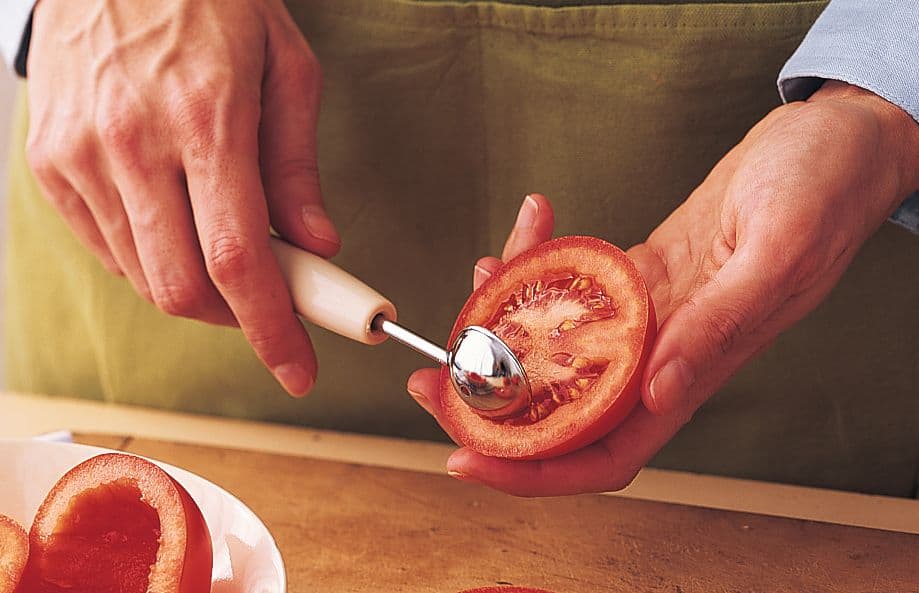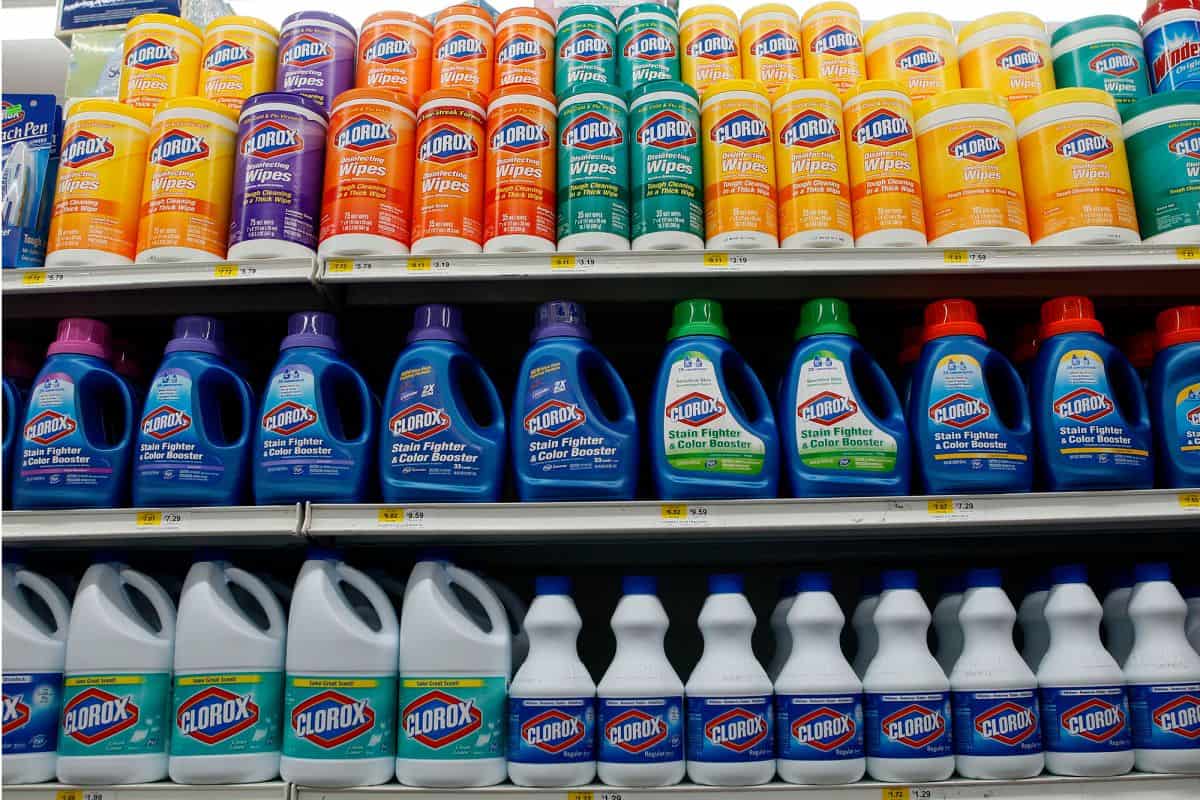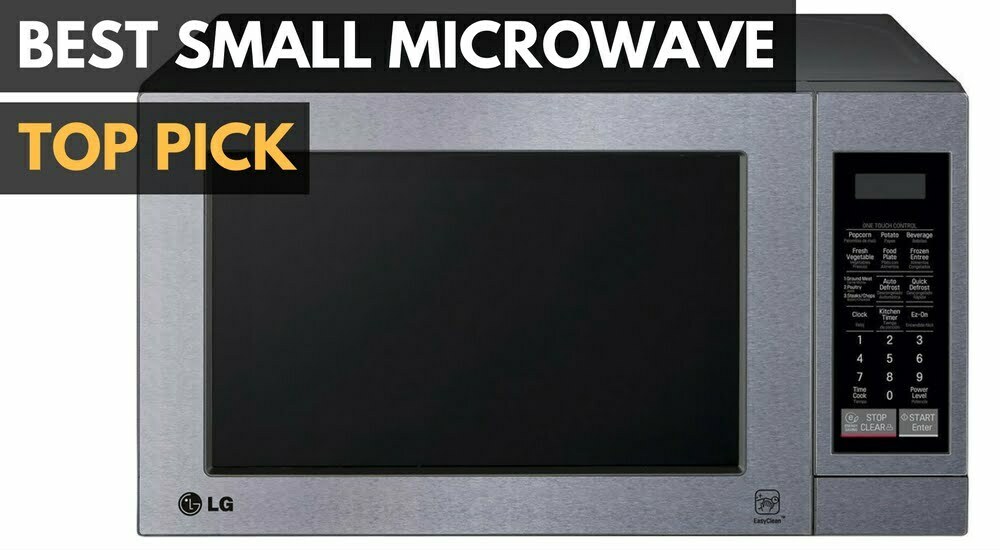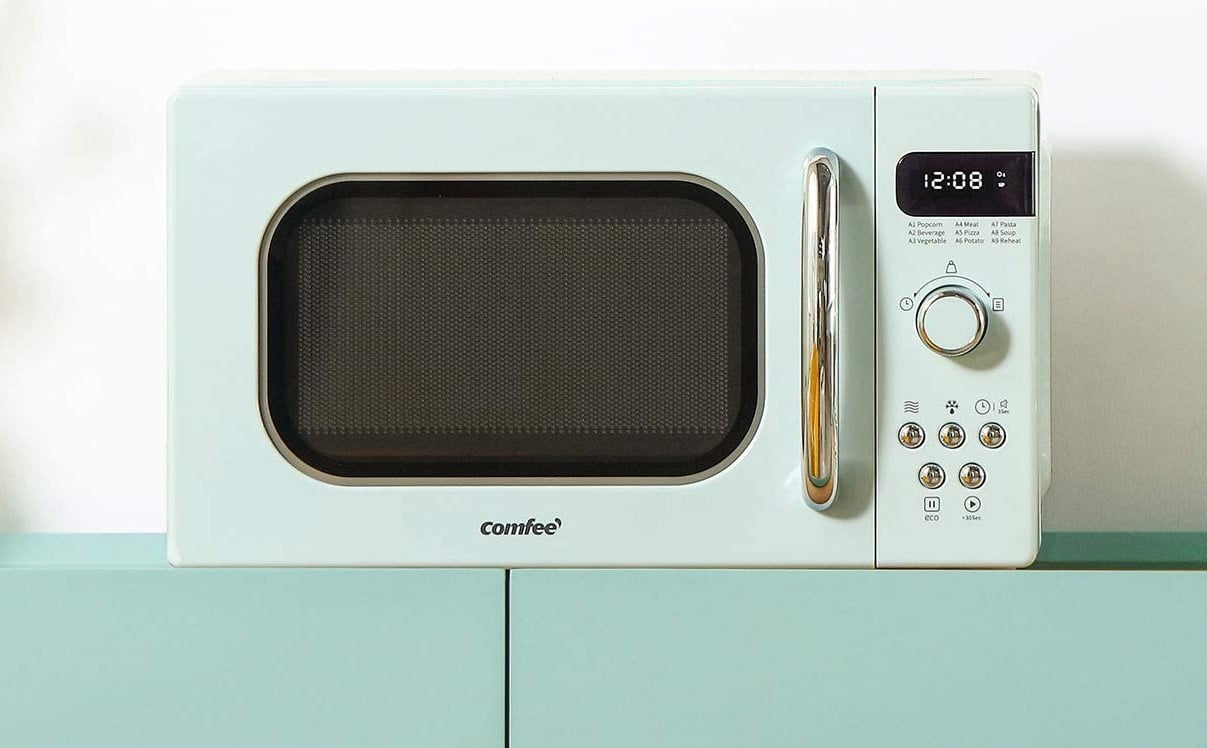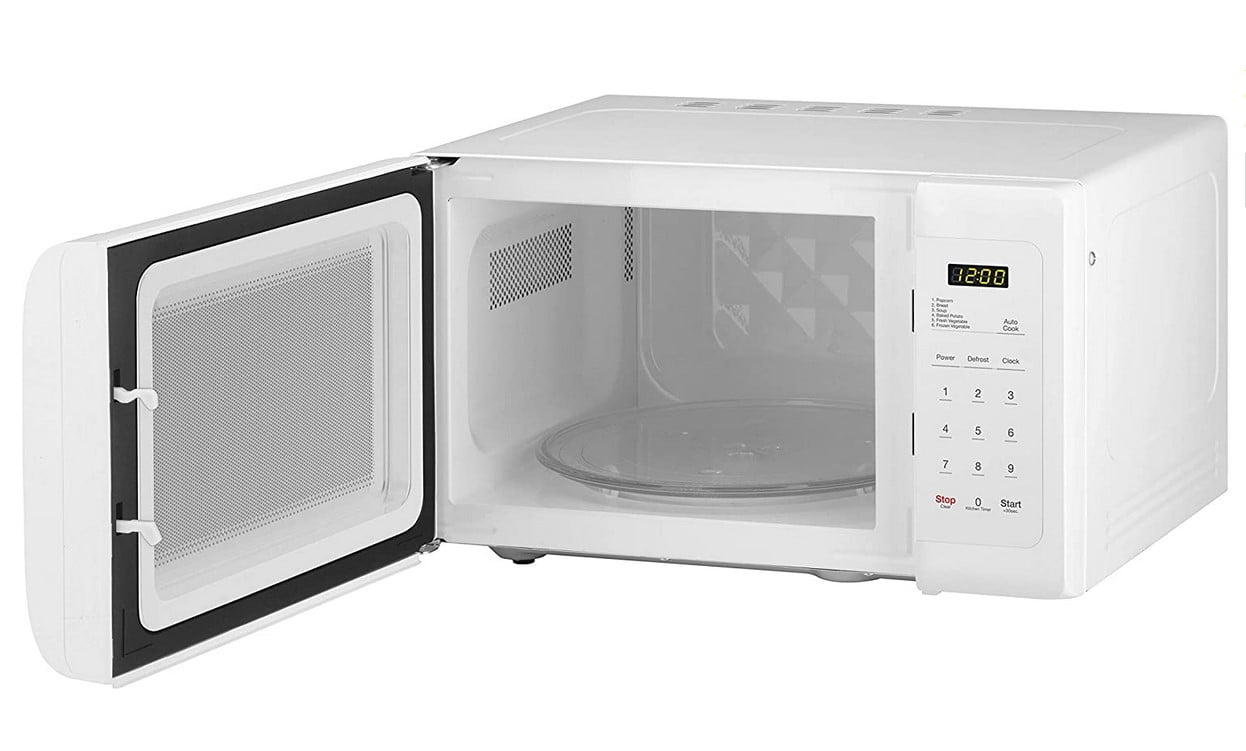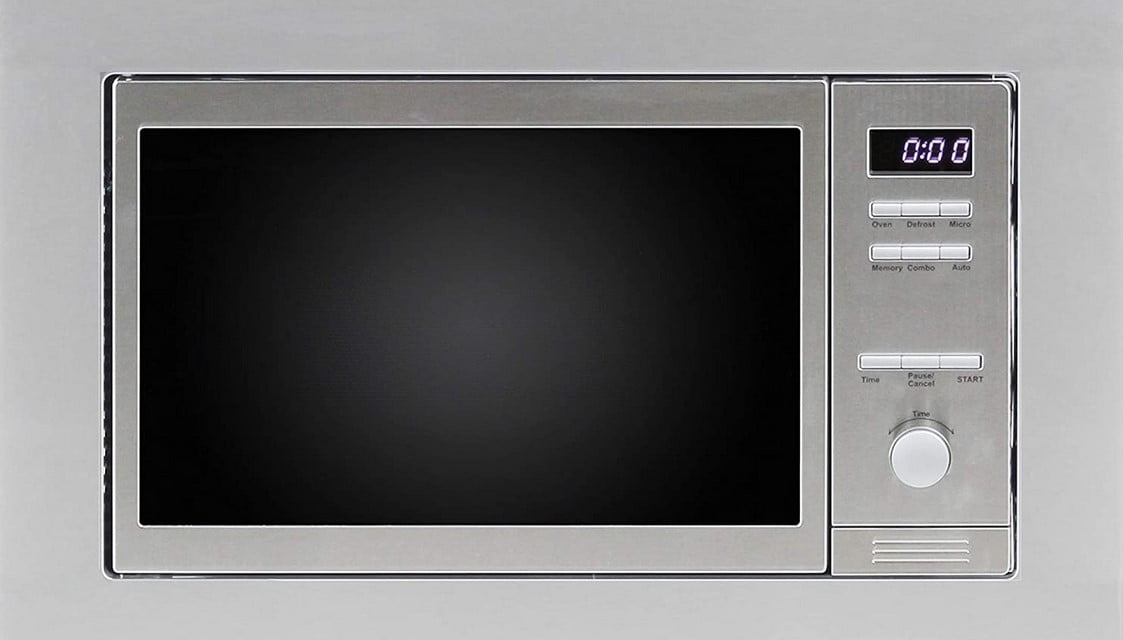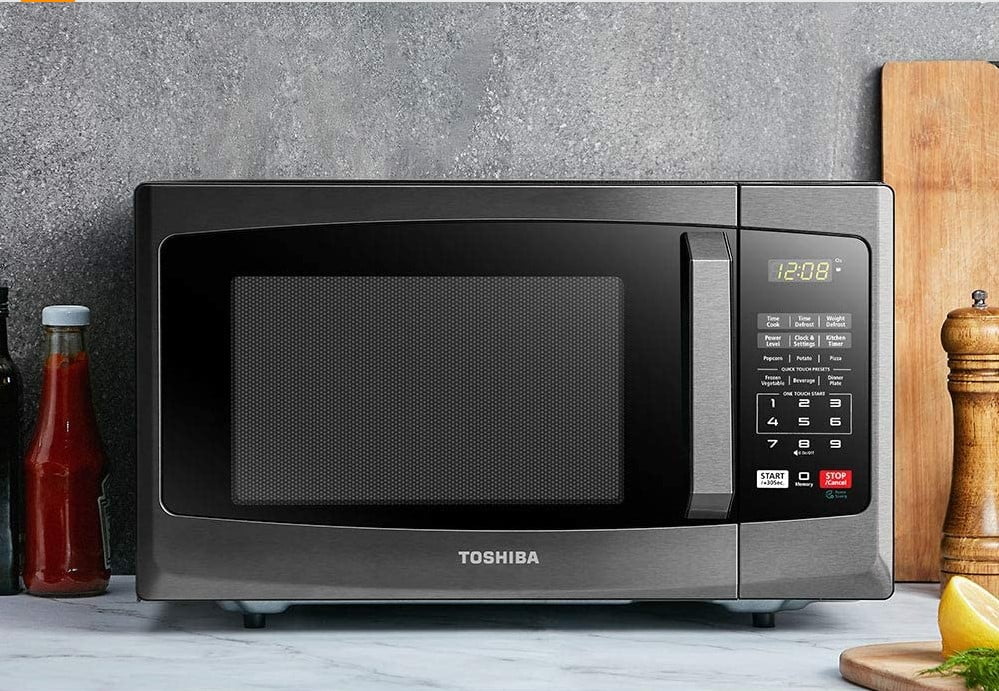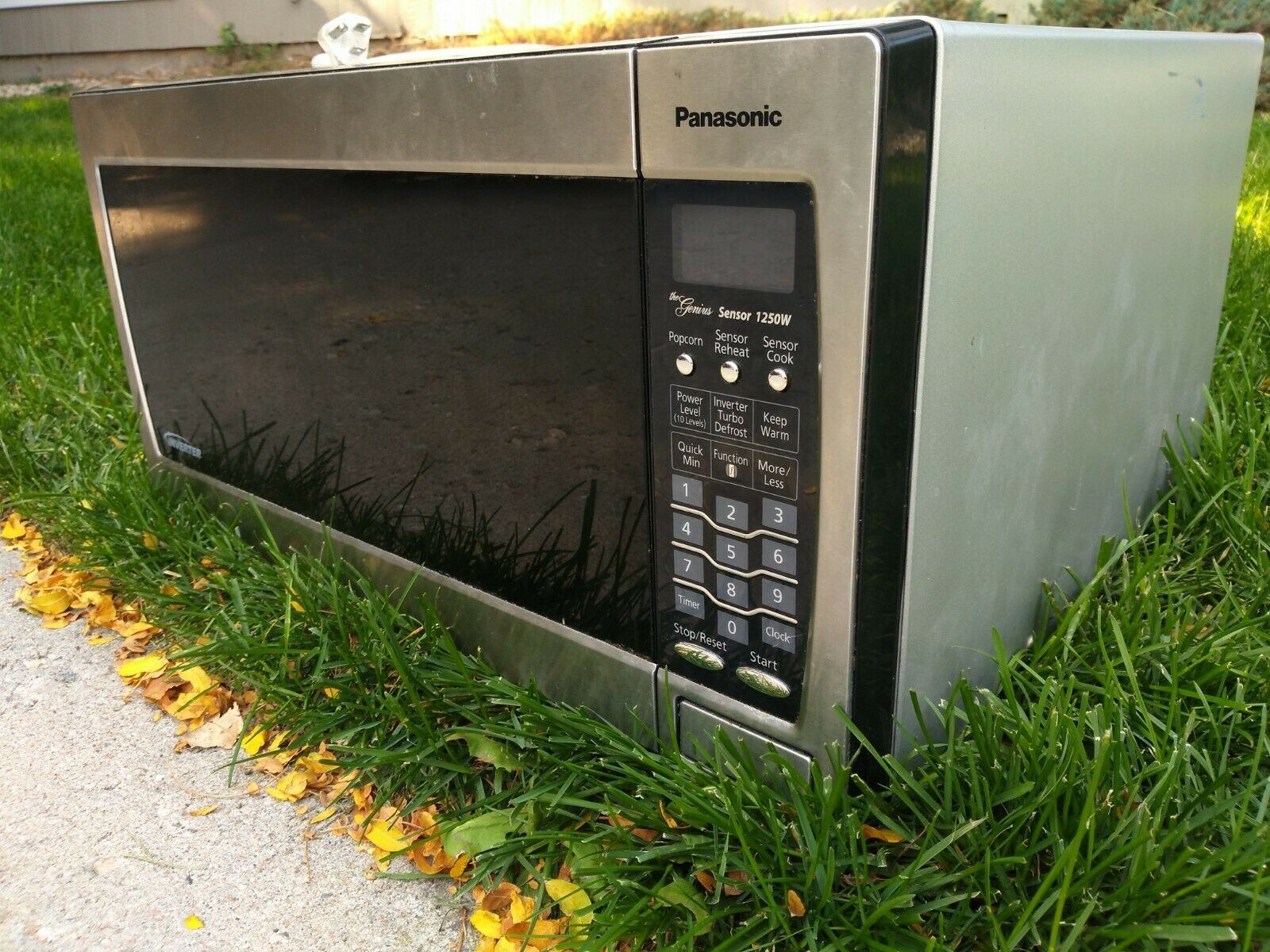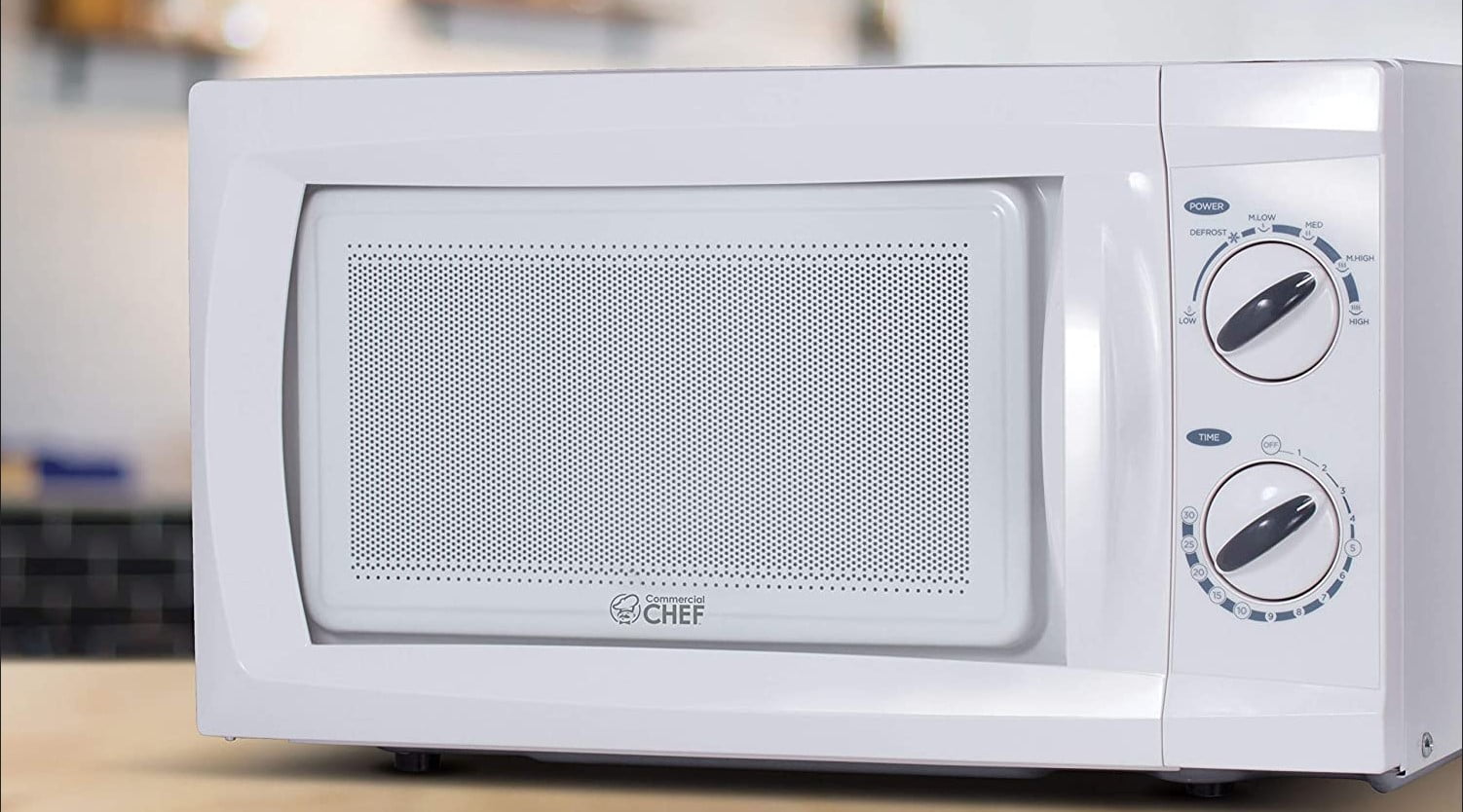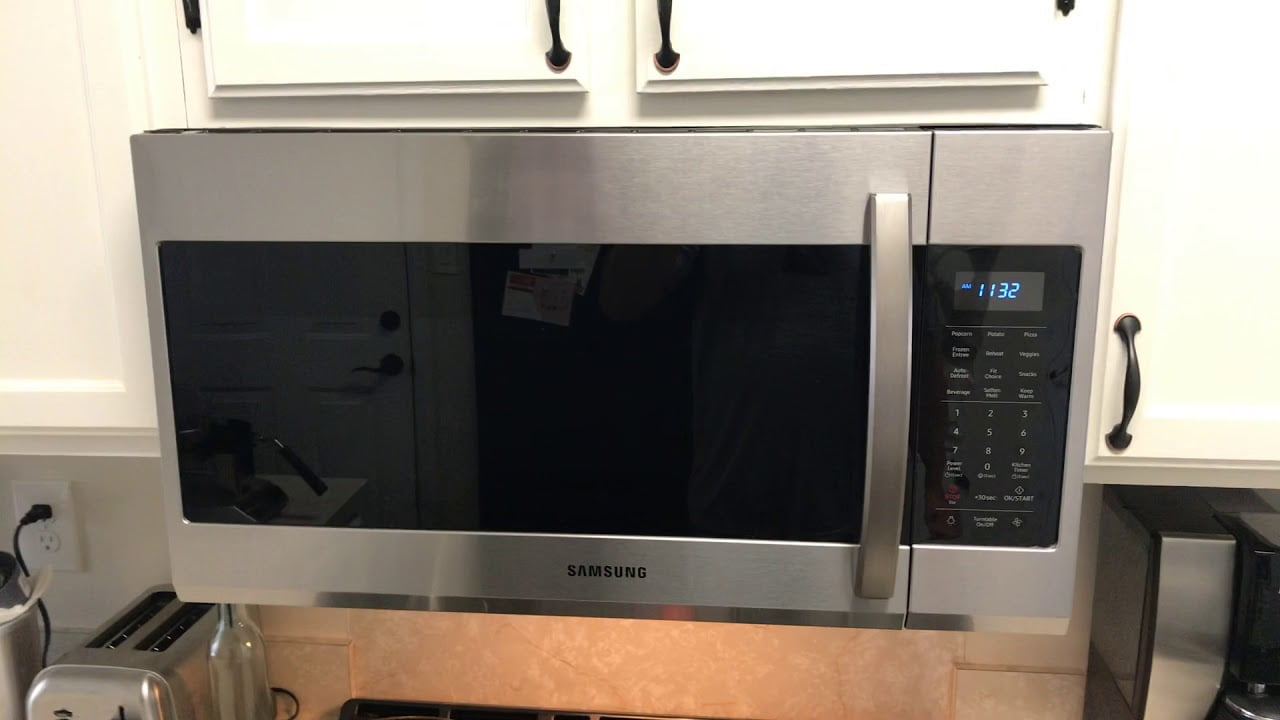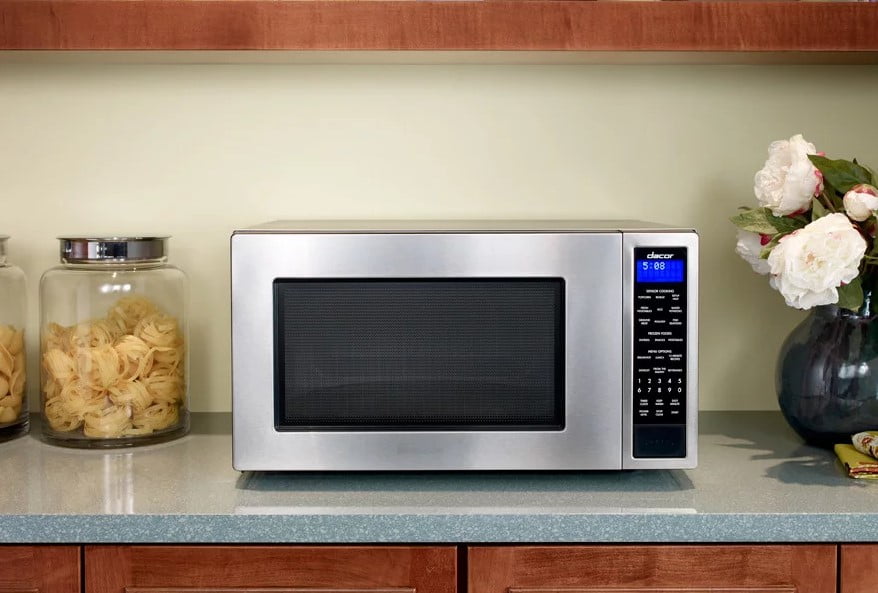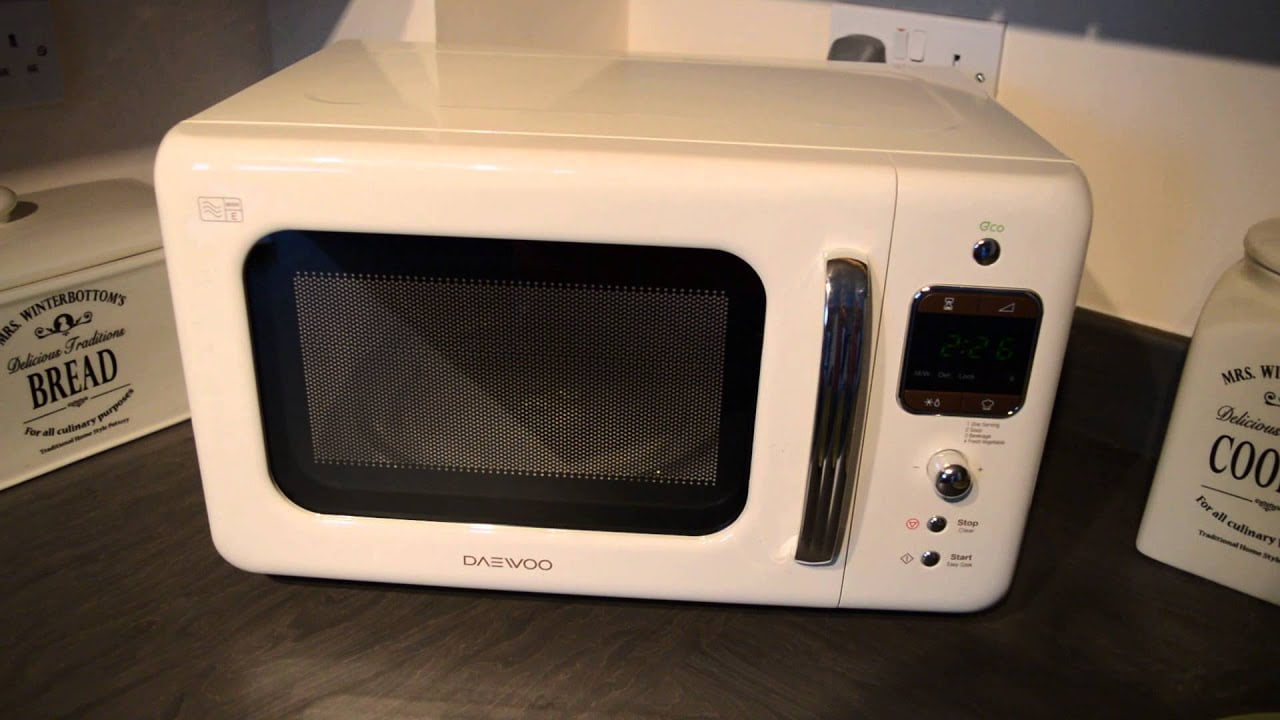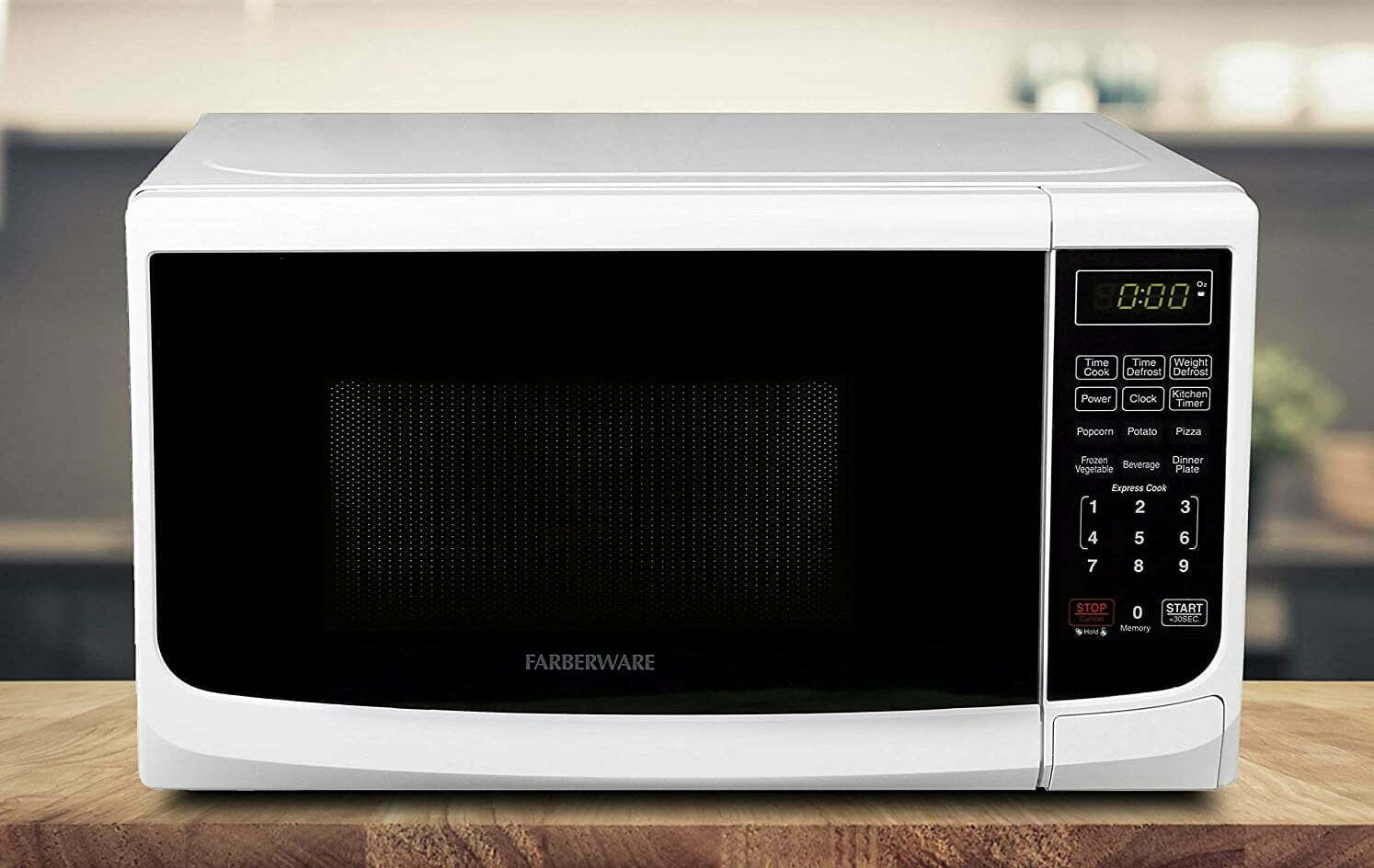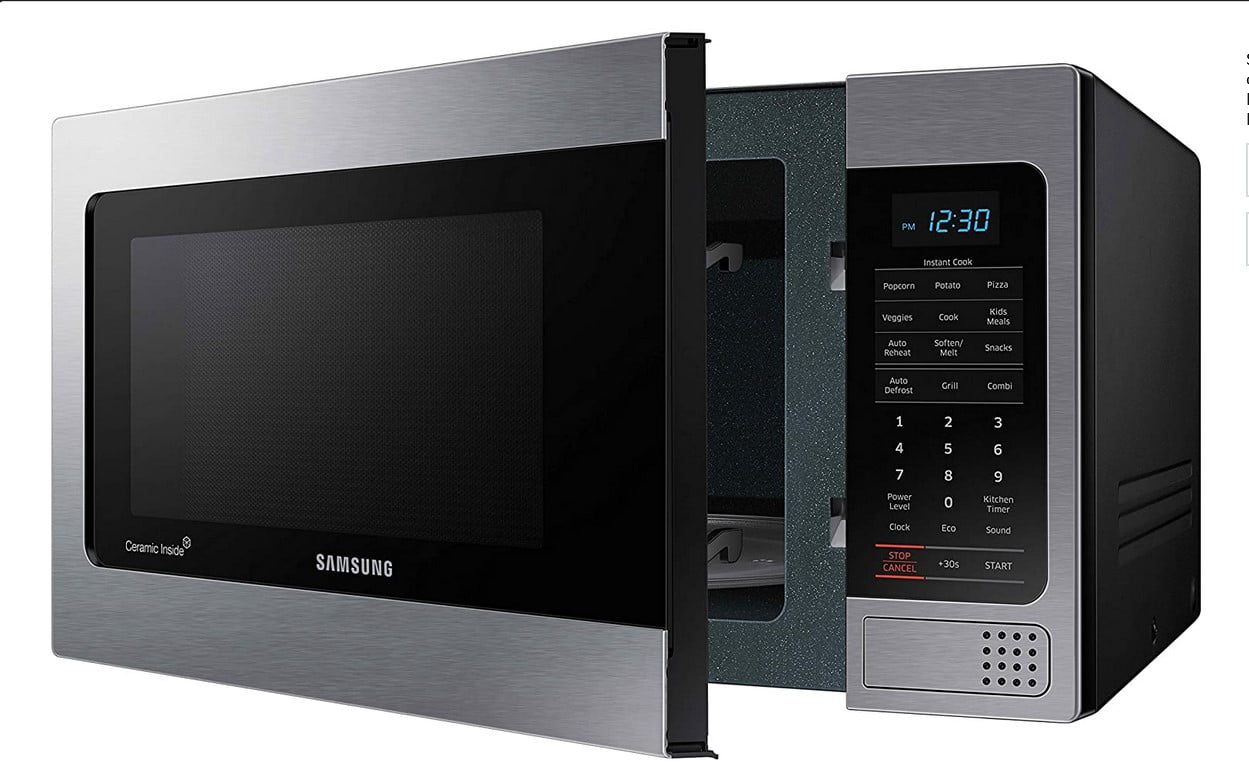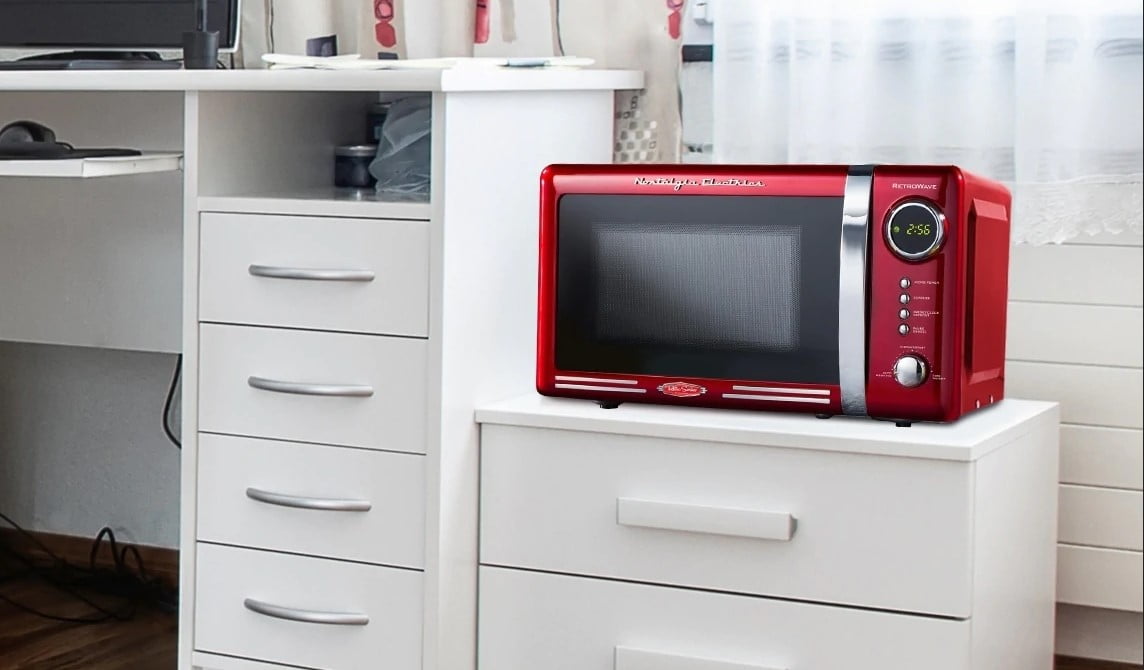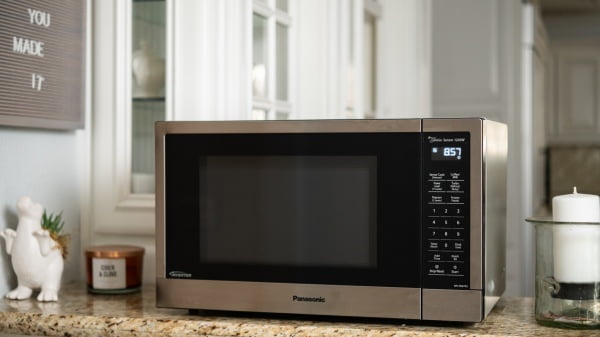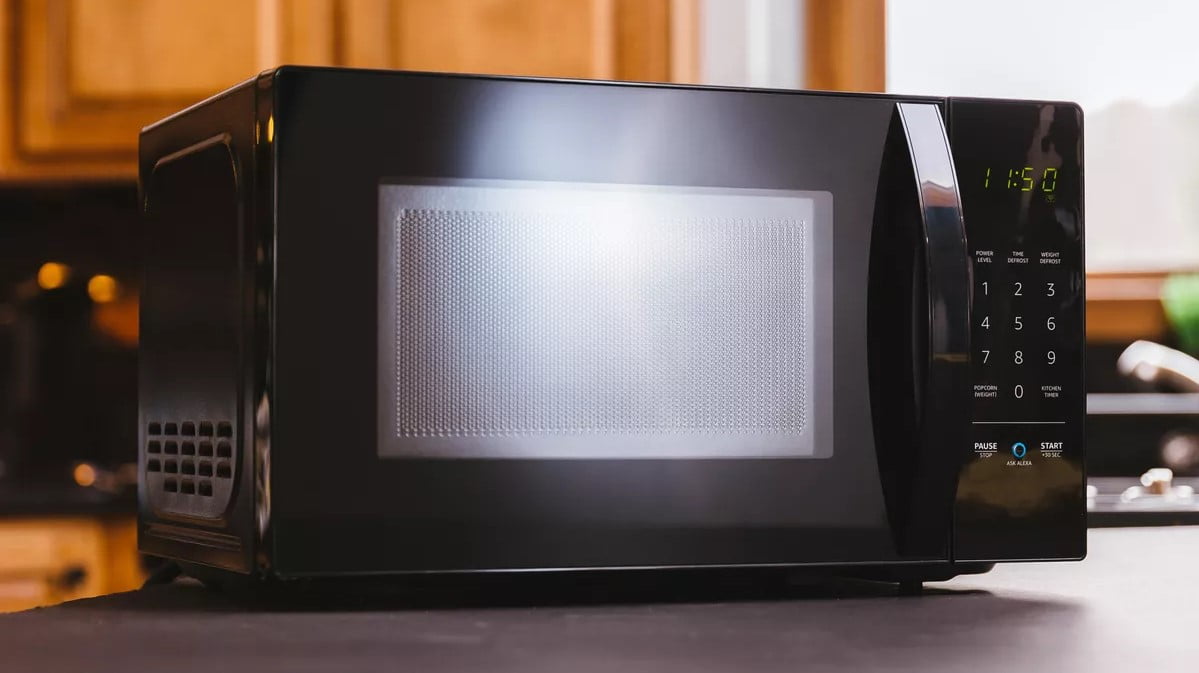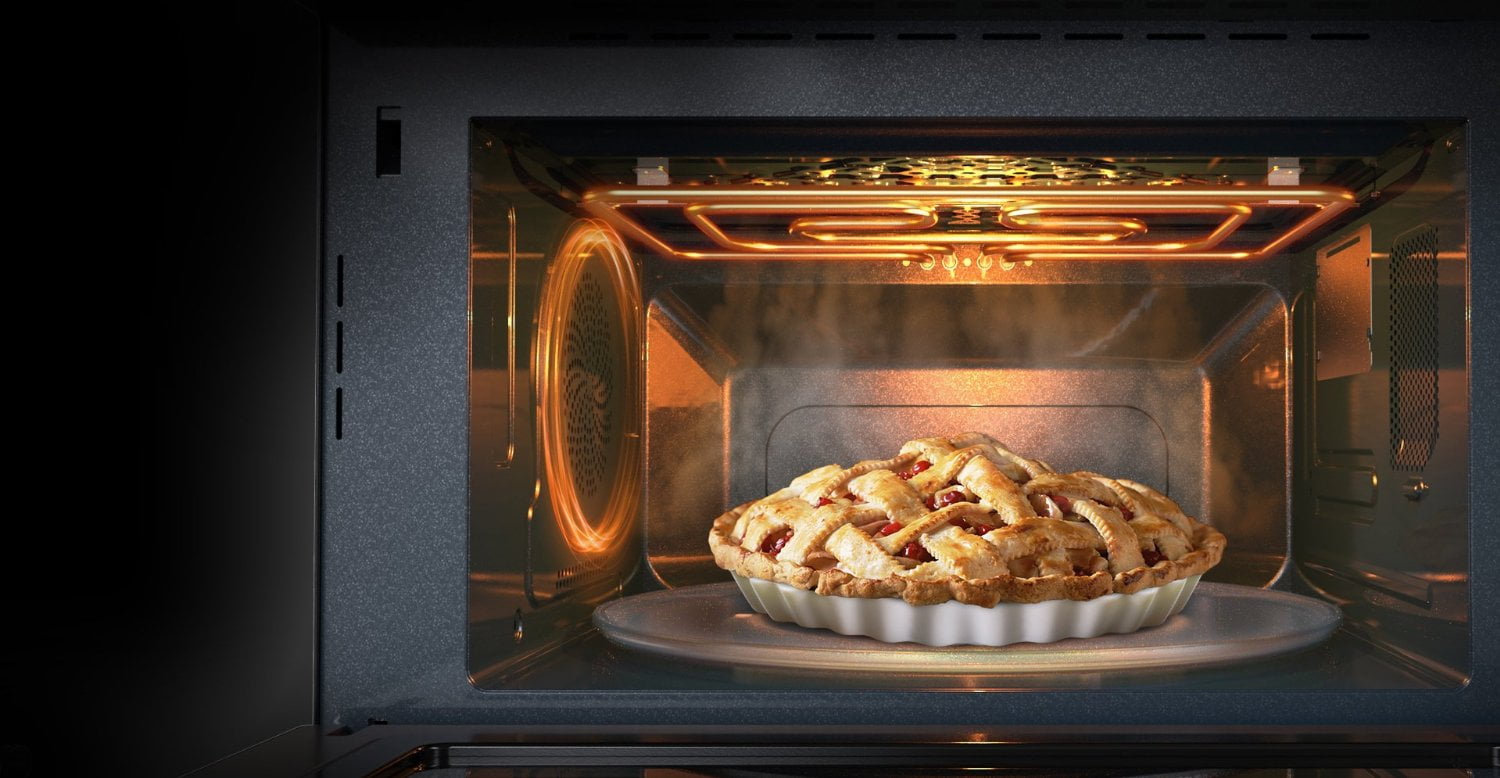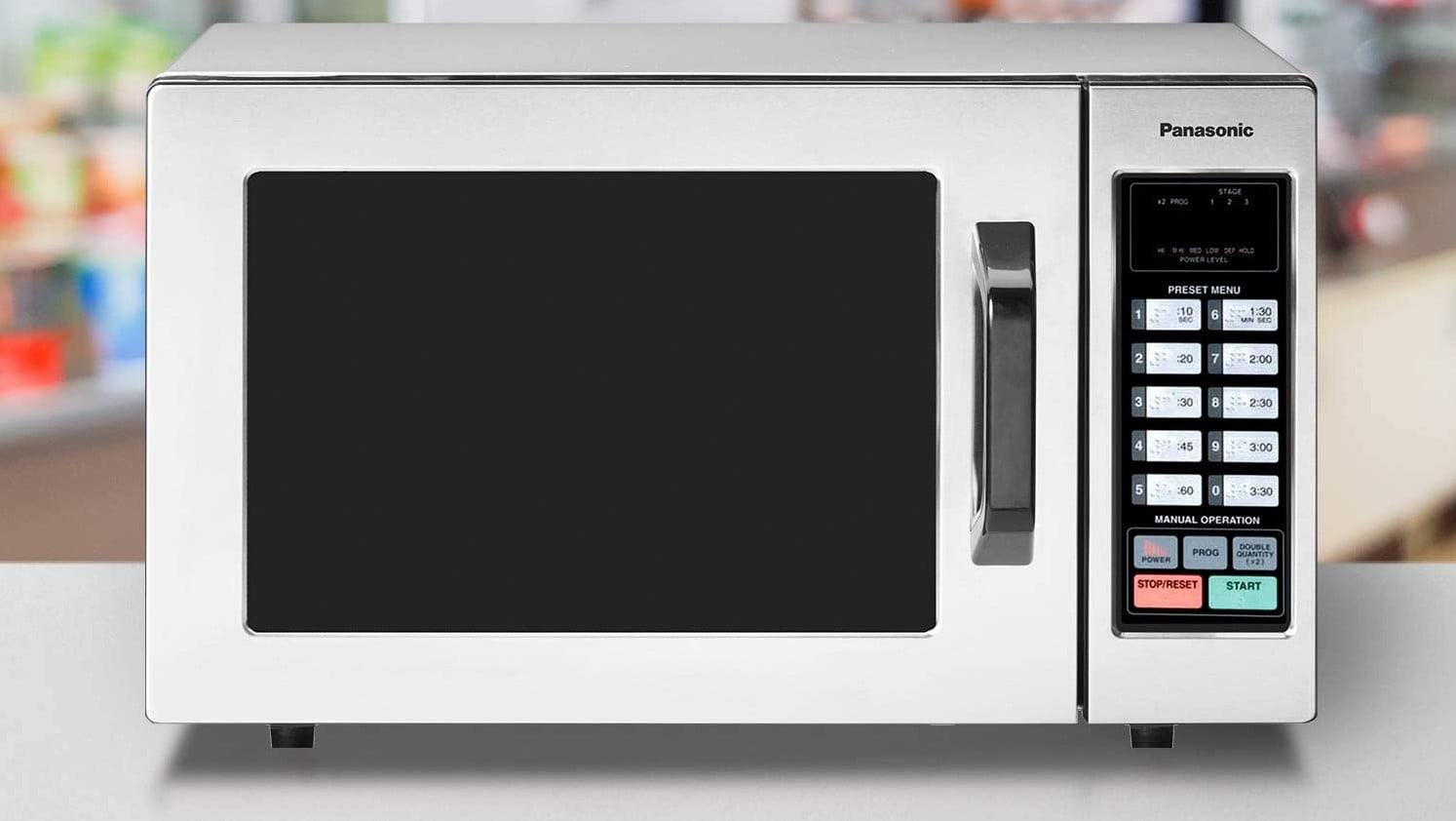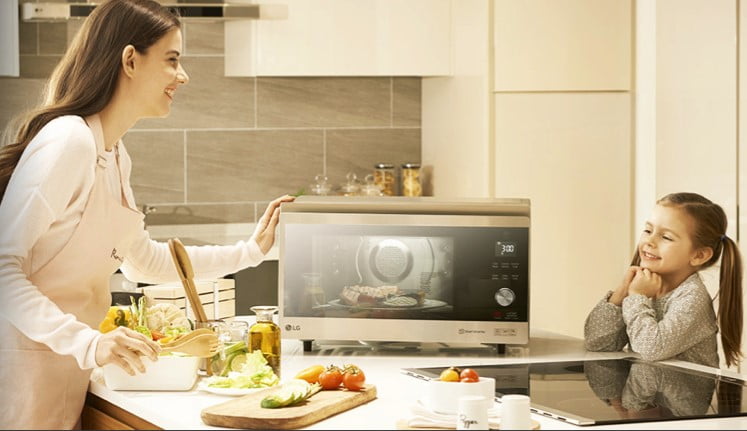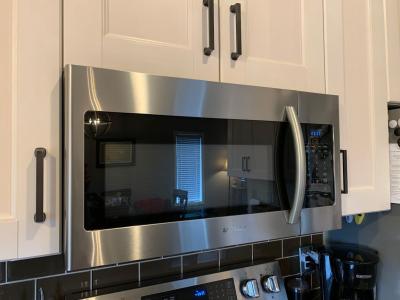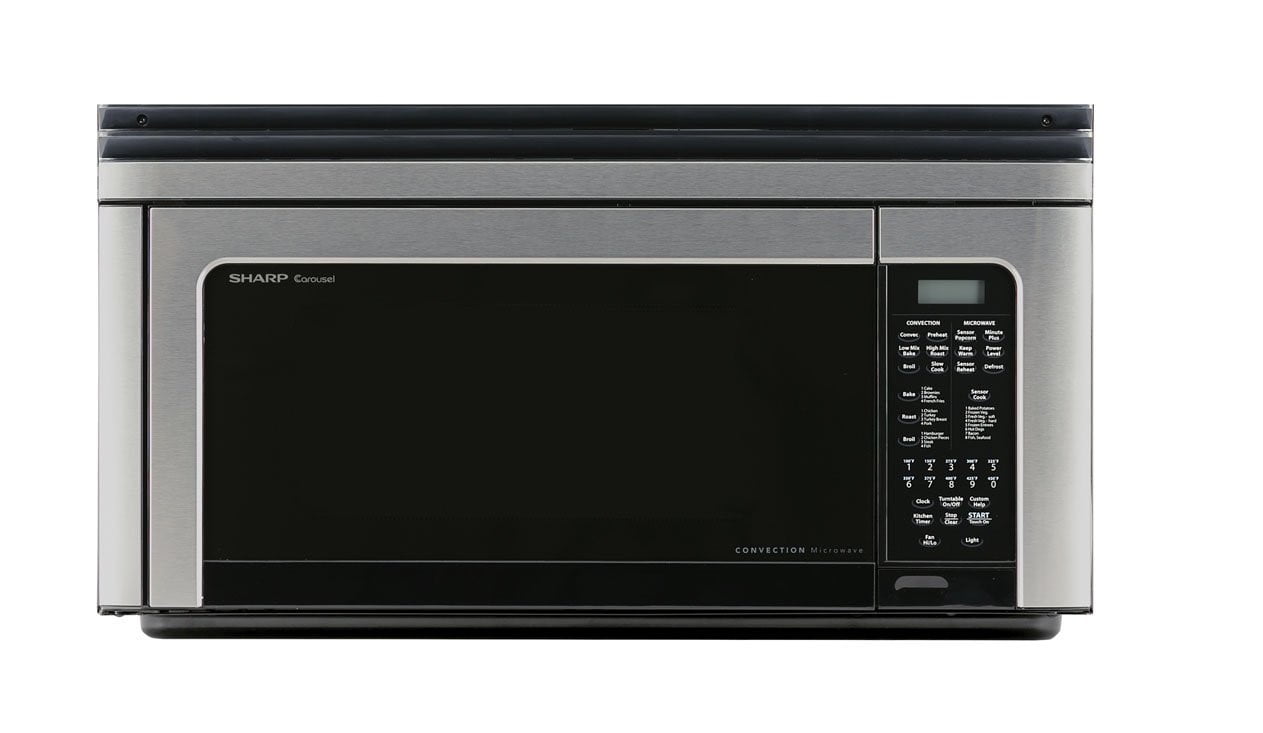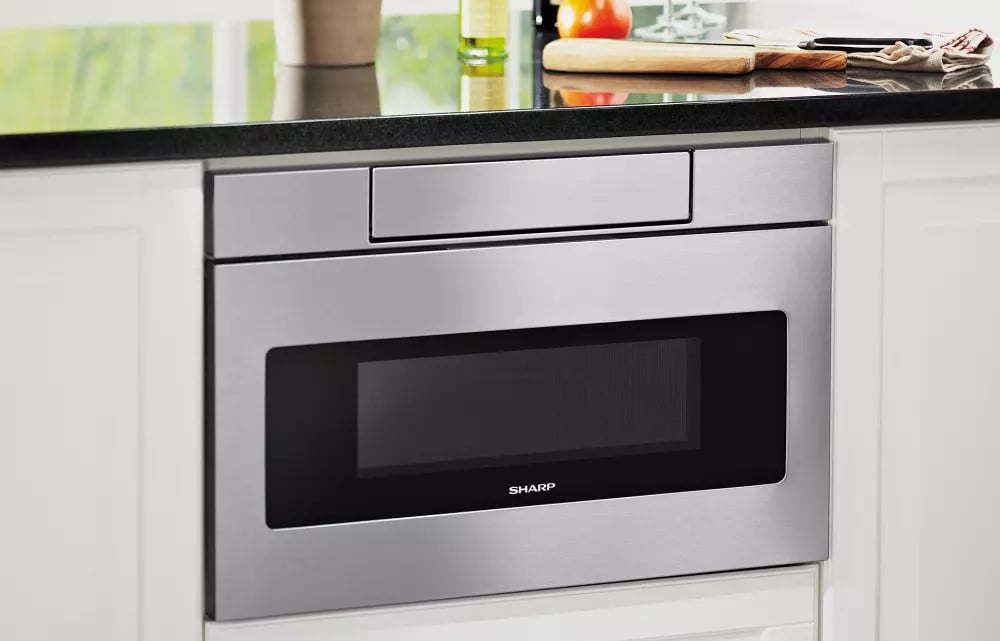In the best microwave ovens, food cooks very differently than in regular ovens, and while you may have asked yourself “how hot can microwaves get?” before, it’s a little more complicated an answer than you may expect.
KEY TAKEAWAYS:
- Unlike with most conventional oven types, only the food or liquid (and the container it’s in) gets heated in a microwave oven, not the oven itself.
- The maximum effective temperature that food or liquids can reach in a microwave is 212 degrees fahrenheit, or the boiling point of water.
- Water can be superheated in a microwave past the boiling point to 248 degrees fahrenheit, but this presents a serious danger of scalding if the container is handled without safety precautions.
Unlike the average cooking appliance or oven, microwave ovens don’t get hot- only the food they’re heating does, and understanding how they function can help you learn how to use your microwave for less conventional applications – such as using your microwave as a pressure cooker.
How Microwave Ovens Work
All microwave ovens heat food by turning electricity into microwaves, as opposed to transferring thermal heat to food.
Using a high-voltage capacitor which acts as a power transformer for standard home voltage, current is directed to a magnetron, a device with a metal chassis that uses electricity to send high-frequency waves (microwaves, as opposed to low-frequency radio waves) into the oven’s cooking compartment.
Those waves heat the polar water molecules in food items or liquids, to cook, defrost, or reheat your meals. Unlike most conventional ovens, where heat transfer occurs from the oven itself to the food, no part of the microwave oven gets hot, including the food compartment.
Insider Tip
The maximum temperature of food products or liquids cooked in a microwave is 212 degrees during normal use, but solid foods won’t usually reach those temperatures due to evaporation, with the temperature of outer layers remaining lower than the internal temperature.
This also means that component failures such as unresponsive control panel buttons in microwaves are usually due to electrical issues such as overloading of shared circuits. Additionally, it means that the water content in foods cooked is the main contributing factor to cook times.
How Hot Can Microwave Ovens Get?
Since microwave ovens only produce hot food and liquids and not hot microwave components, (unless they’re seriously malfunctioning) the question really is, “how hot can cooked food and liquids get in a microwave?” The answer somewhat depends on what’s being heated, and whether you’re heating food or just liquids.
Microwaves and Water Boiling Point
The simplest blanket answer to our question is that food or liquids in a microwave generally don’t get hotter than the boiling point of water- or 212 Fahrenheit, after which, solid foods are considered inedible and start to become dry and tough since the water in them is effectively evaporating.
While it’s actually possible to superheat water to a temperature of up to 248 degrees, this can only occur if the water is pure, the container it’s in has no scratches or cracks, the liquid is not moved at all, and the cooking process is not interrupted.
Superheated water can easily scald if its container is handled with bare hands and should be avoided. It can be prevented by leaving a wooden or plastic utensil in the container, which will disturb the water’s surface during heating and not allow it to heat past the normal 212 degrees boiling temperature. Plastic containers tend to react the most extremely to superheated water.
Effective Maximum Temperature
All of the above means that the maximum effective temperature of food or liquid heated in a microwave oven is 212 Fahrenheit with normal use.
However, since that number refers to the boiling point of the liquid present, solid food items usually won’t even reach that temperature before most of the water in them evaporates, depending on the periods of time they’re cooked for. Some microwaves also include a safety feature to prevent the superheating of liquids.
Warning
While it’s possible to superheat water in a microwave to a temperature of 248 degrees, it can easily scald if its container is handled with bare hands- even if the container is designated as “microwave safe.” Safety standards should always be followed here.
F.A.Q.S
Can radiation or microwaves linger in food?
No. This is a bit of an urban myth- like gamma rays causing mutations- that persists despite the scientific consensus having been reached on the subject a long time ago. The World Health Organization’s explanation is that microwave ovens are like light bulbs- when the bulb is turned off, no light remains, or electromagnetic radiation, in this case.
Can you boil water in a microwave and should you?
Yes, you can boil water in a microwave- in fact, the maximum temperature anything cooked in a microwave can reach is the boiling point of water (212 degrees Fahrenheit.) Generally speaking, it’s just as safe as any other method of boiling water, since electromagnetic waves don’t leave radiation in the water.
Should a microwave get hot on the outside?
Though a microwave’s body or external cabinet can sometimes become warm if steaming food, it should never actually get hot, since unlike with conventional cooking, the food, not the microwave itself, is the only thing that is heated during use. If your microwave is getting hot during use, it could be a sign of a potentially dangerous electrical issue and should not be used- contact a repair technician if this happens.
STAT: Over 90% of American households owned a microwave by 1997, though they’re still mostly not used in professional cooking. (source)
STAT: For every 100 watts over the average microwave oven’s electrical power of 700 watts, cooking time, power level, or power setting should be reduced by 10% to avoid overcooking. A 1000 watt microwave oven will cook the same food 30% faster than a 700 watt model. (source)
STAT: Researchers in recent years have found evidence that food cooked in microwaves or with microwave energy may actually retain more nutrients than food cooked in conventional oven types using thermal energy. (source)
REFERENCES:
- https://www.youtube.com/watch?v=4fuHzC9aTik
- https://en.wikipedia.org/wiki/Microwave_volumetric_heating
- https://www.youtube.com/watch?v=kp33ZprO0Ck&t=1sr
- https://www.researchgate.net/post/Microwave-oven-heated-foods-are-they-safe
- https://en.wikipedia.org/wiki/Microwave_oven
- https://www.imperial.ac.uk/news/227313/microwave-technology-could-become-portable-energy-efficient/
- https://onlinelibrary.wiley.com/doi/10.1111/1750-3841.12959

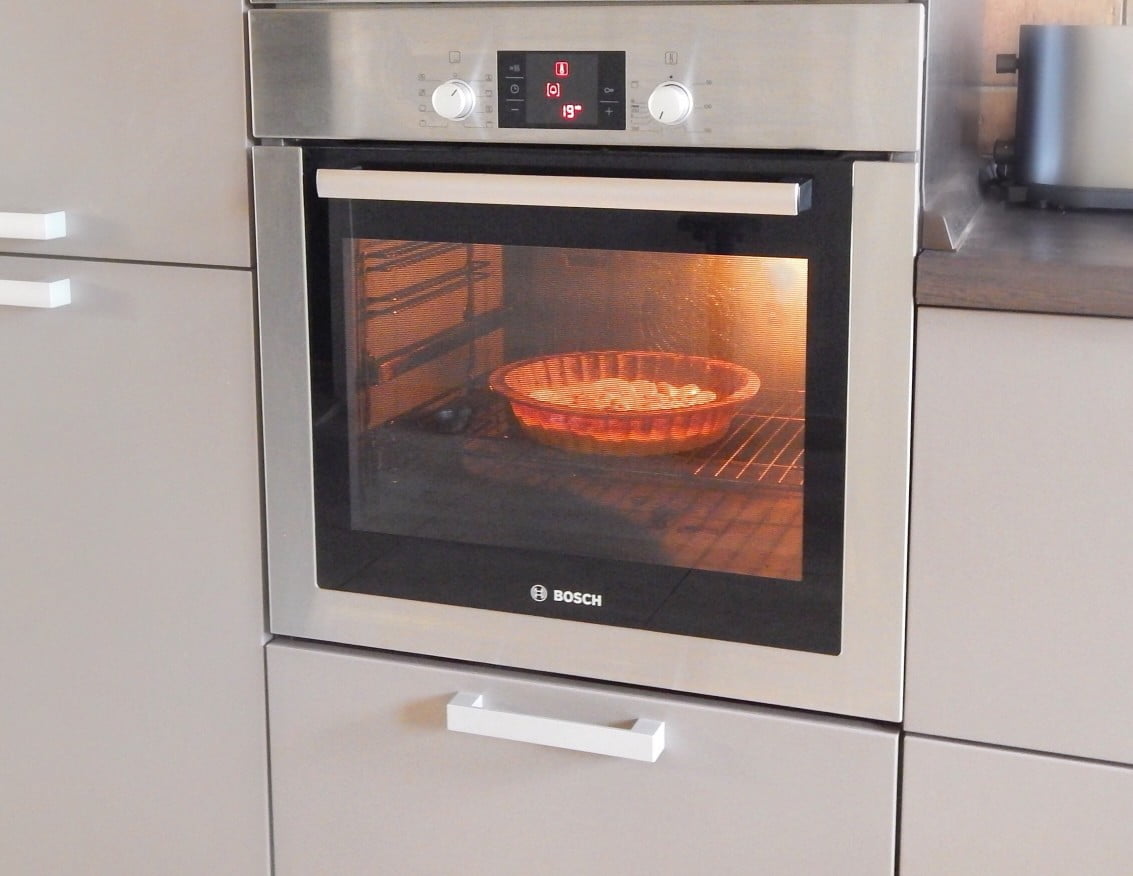













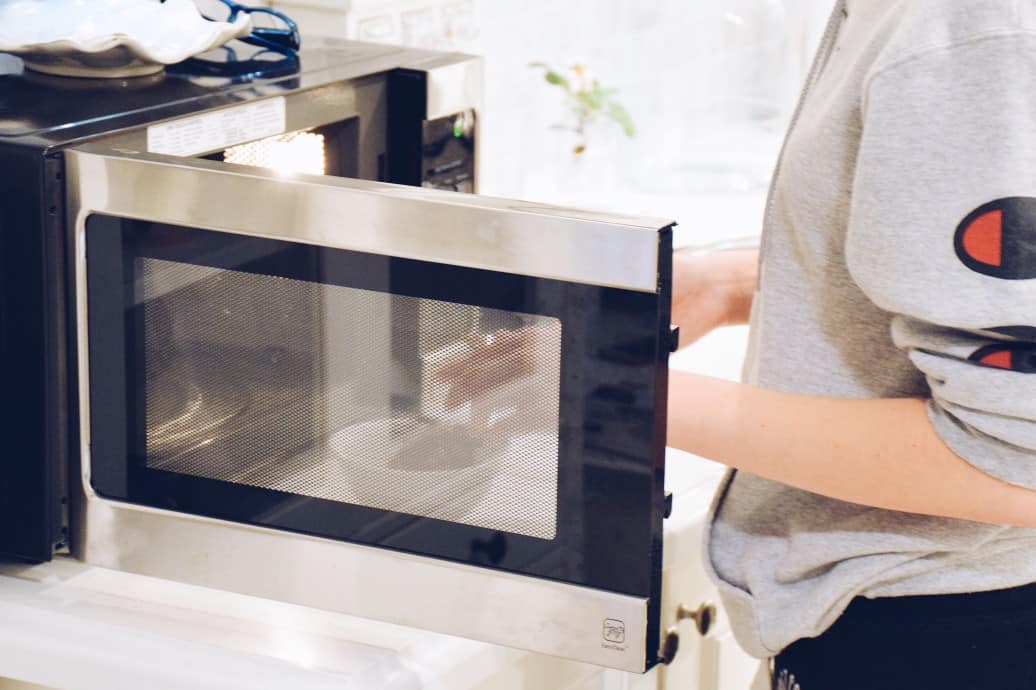
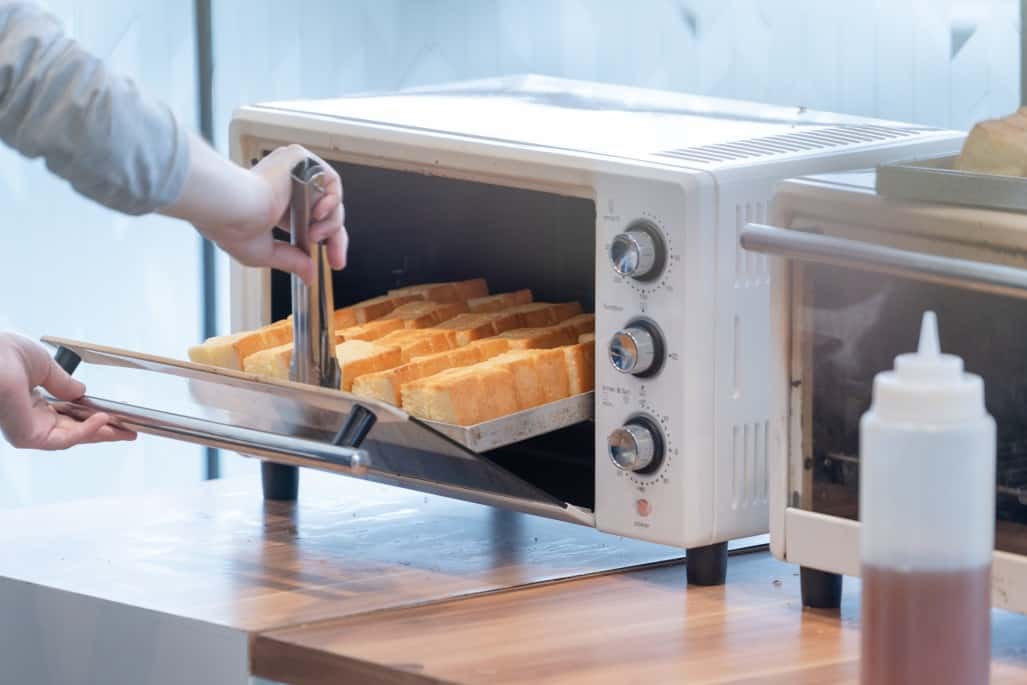
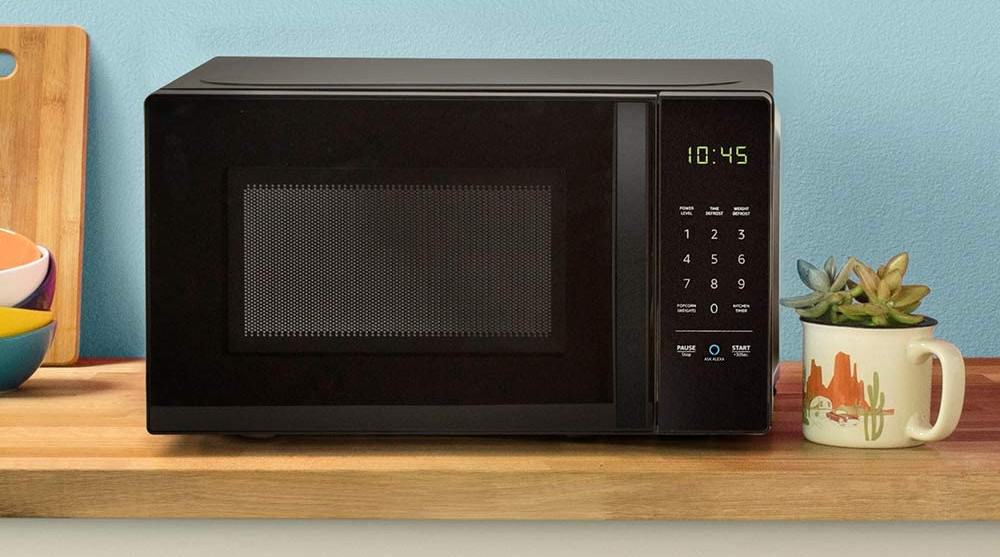
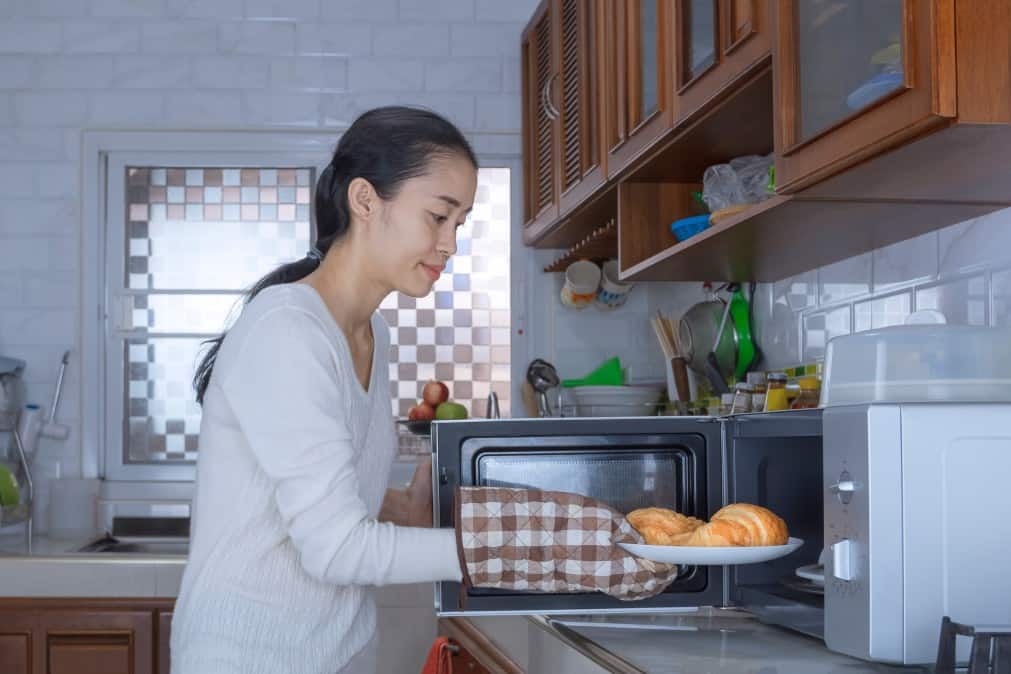
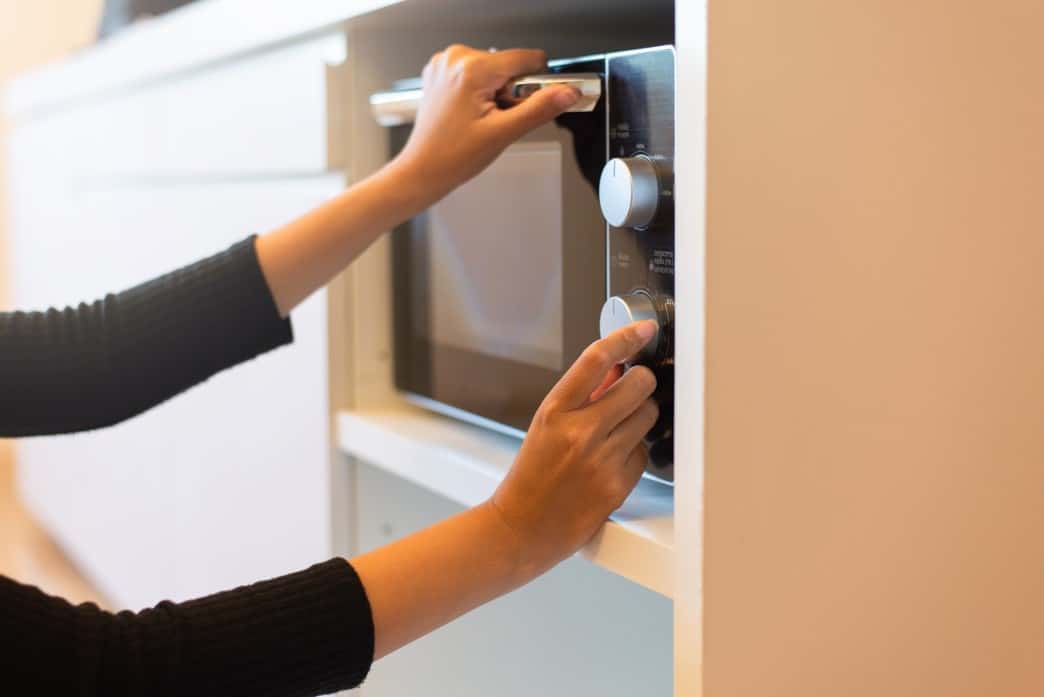
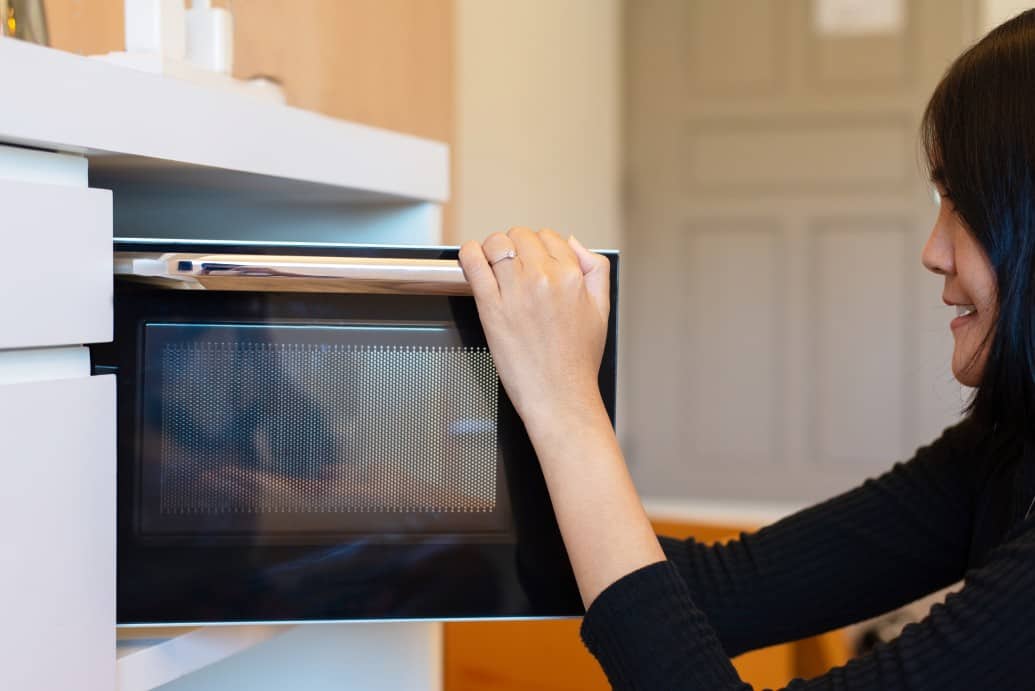
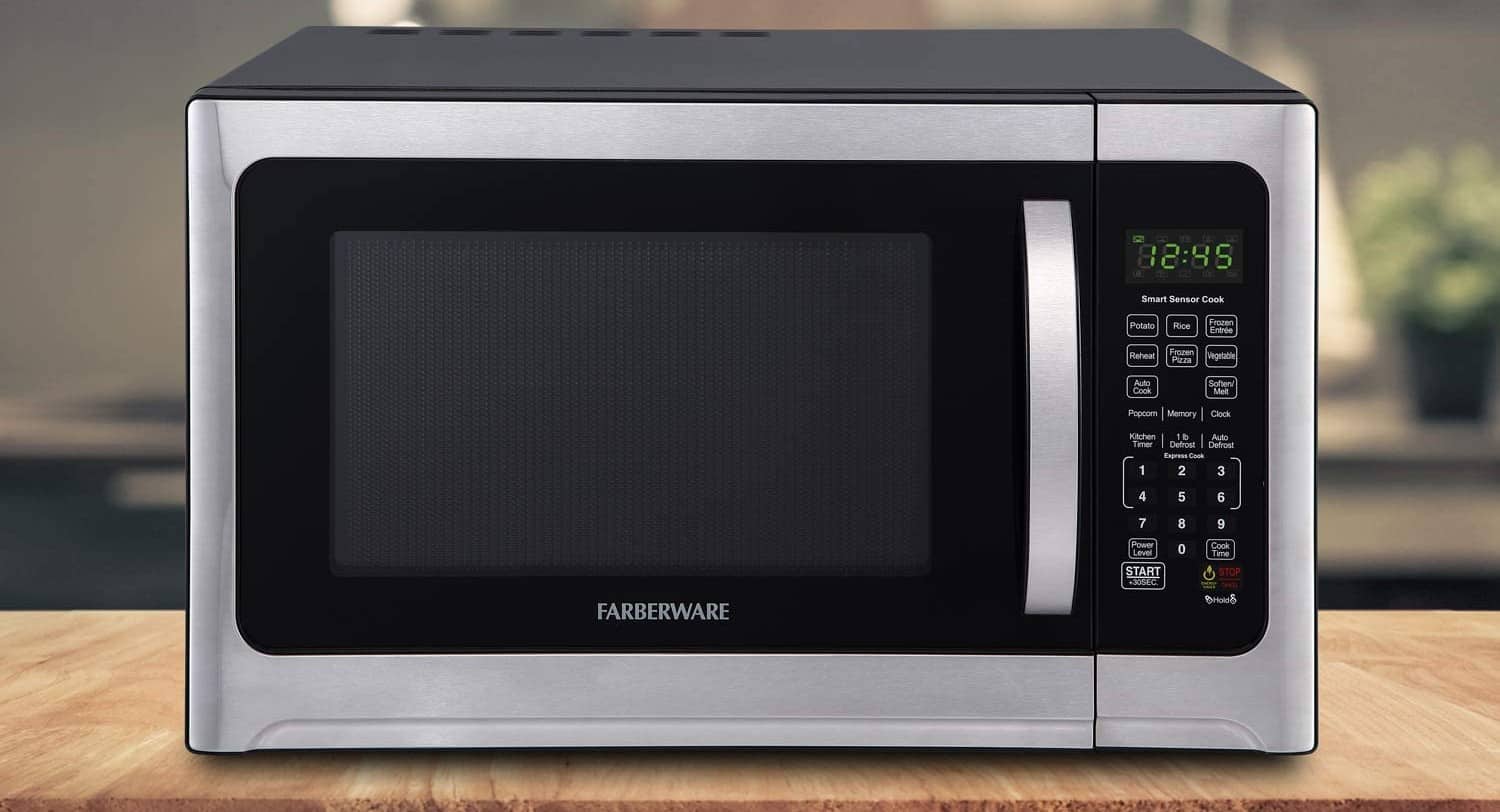
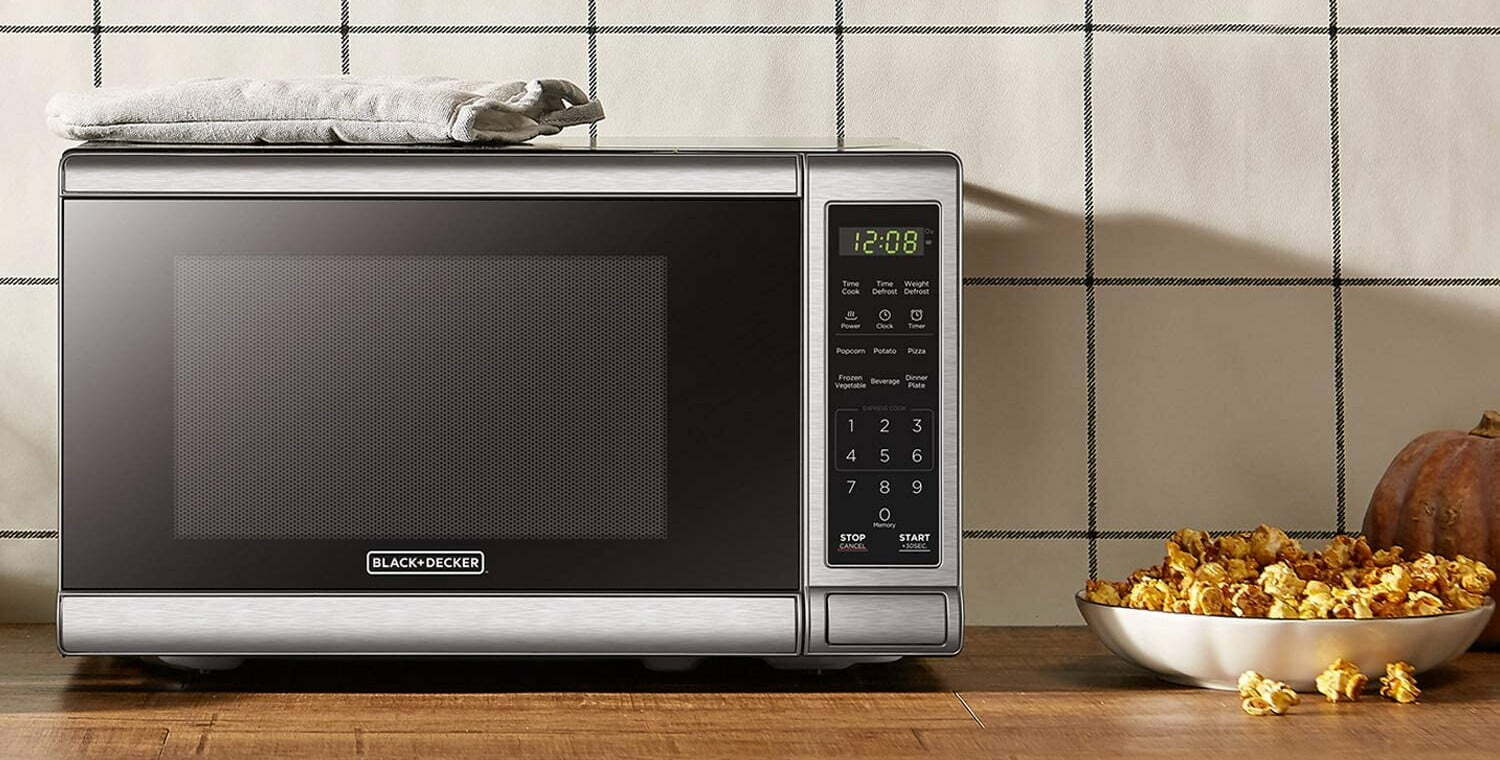
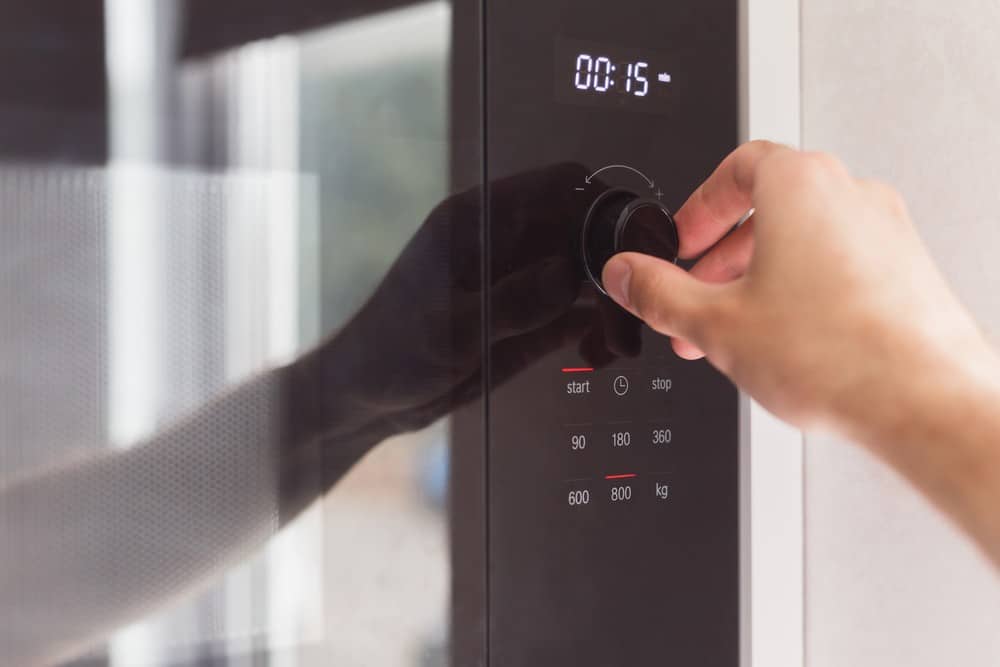
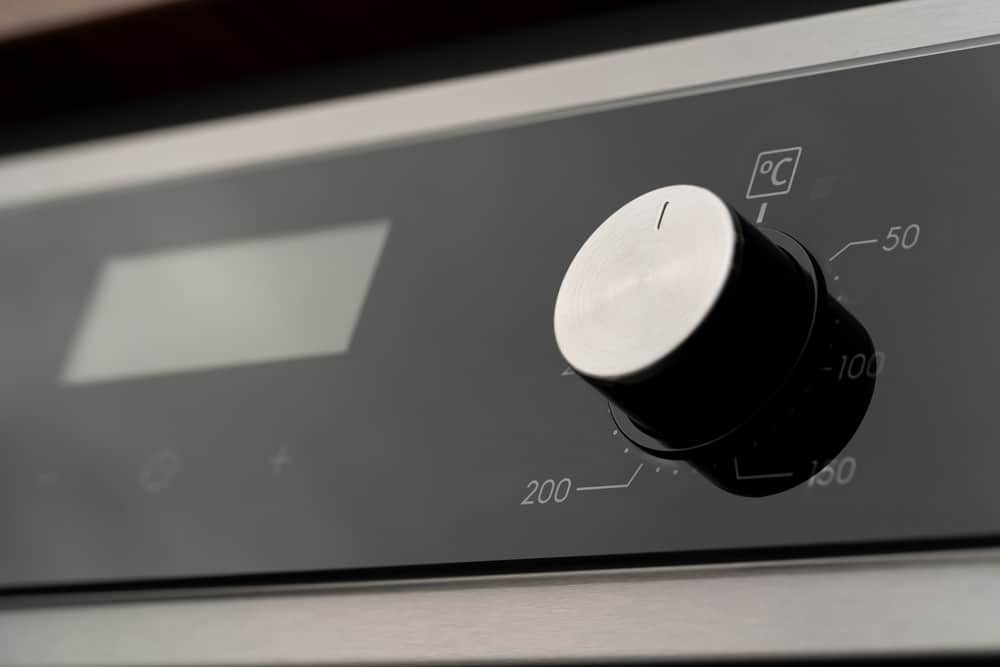
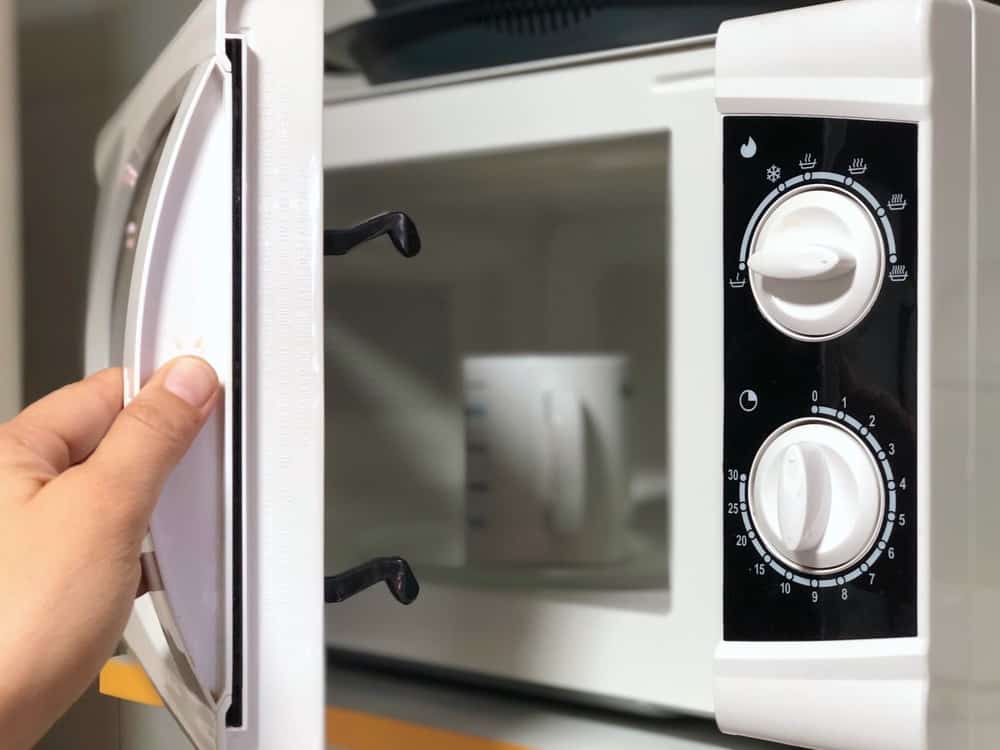
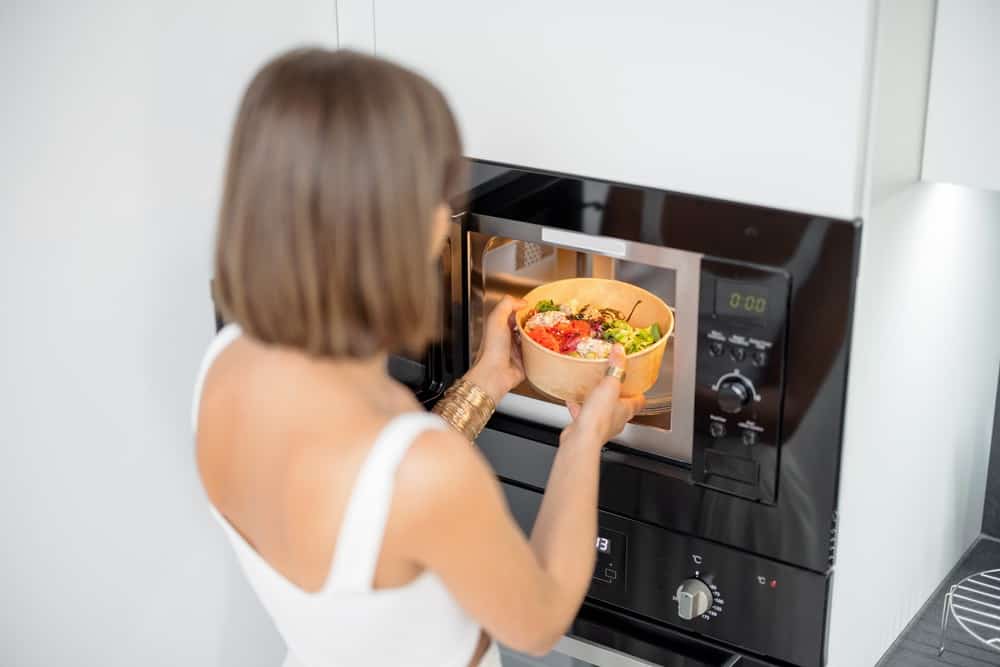
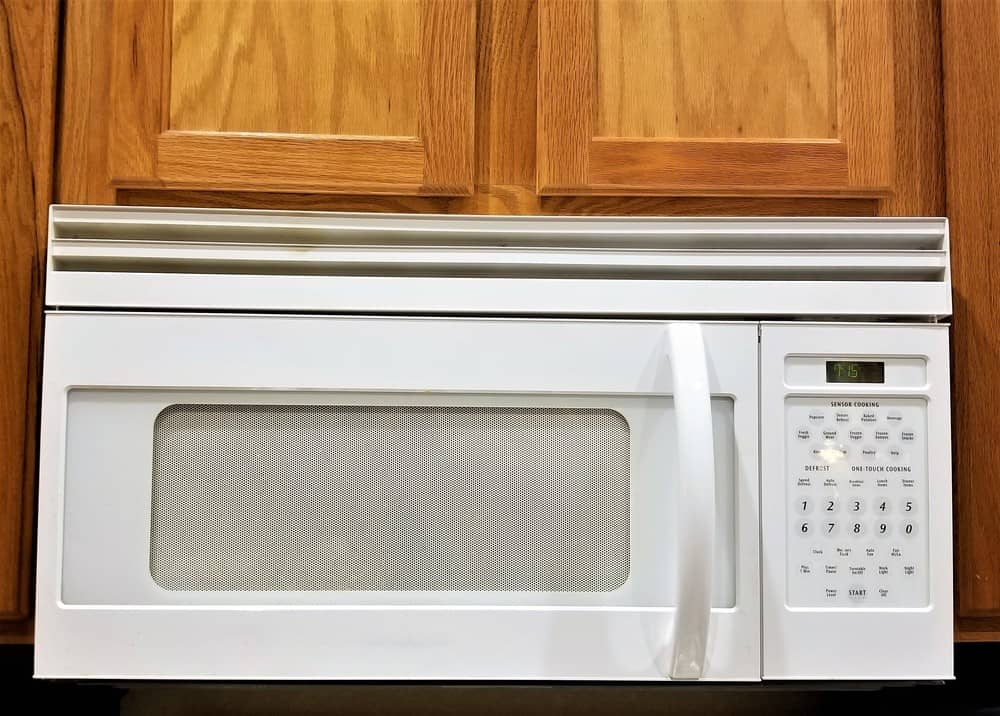
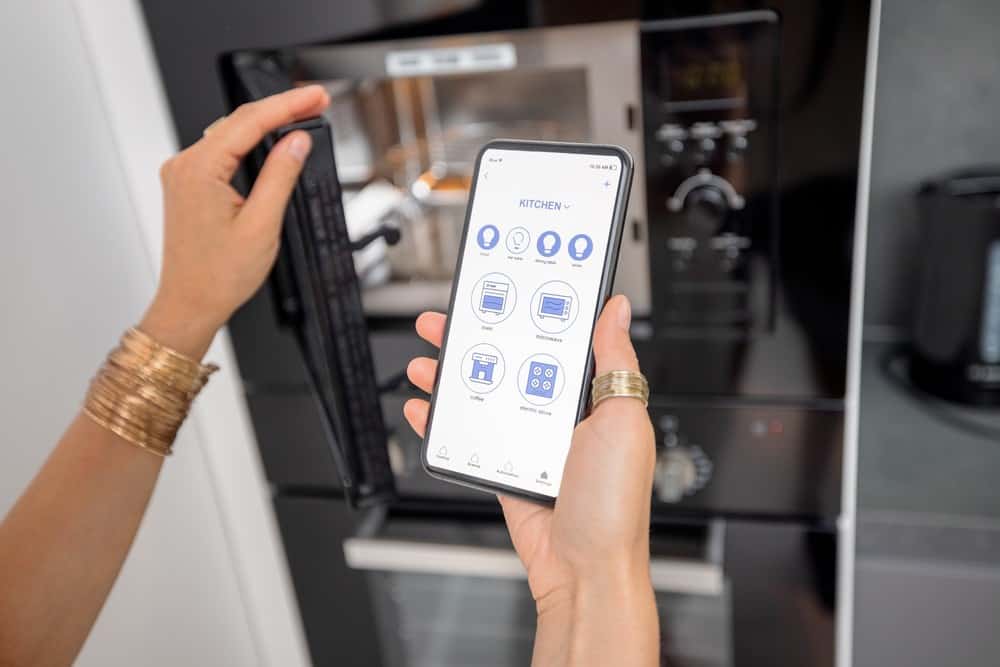
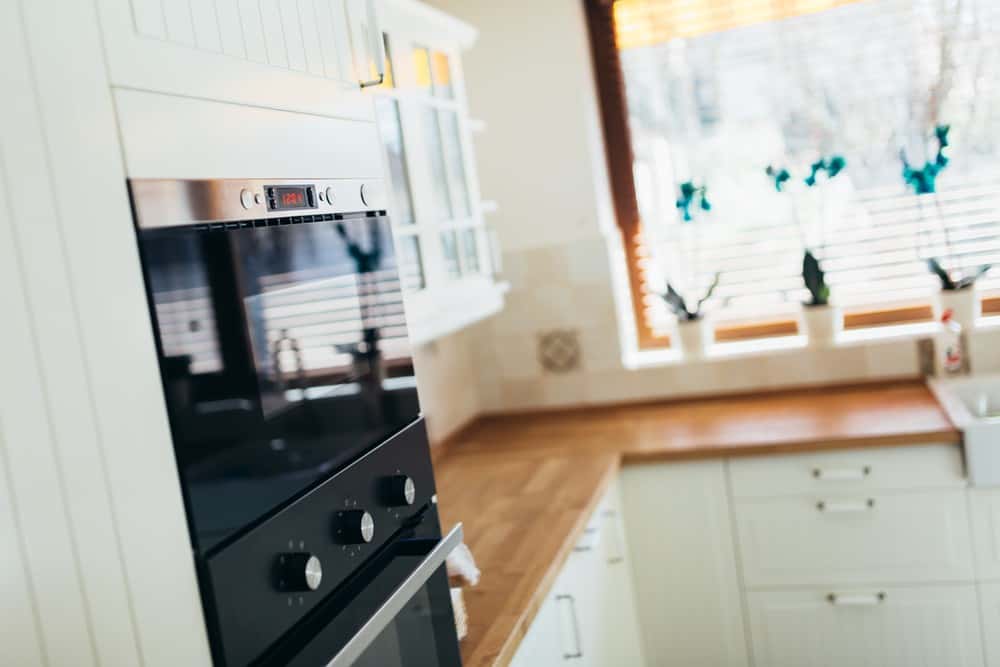
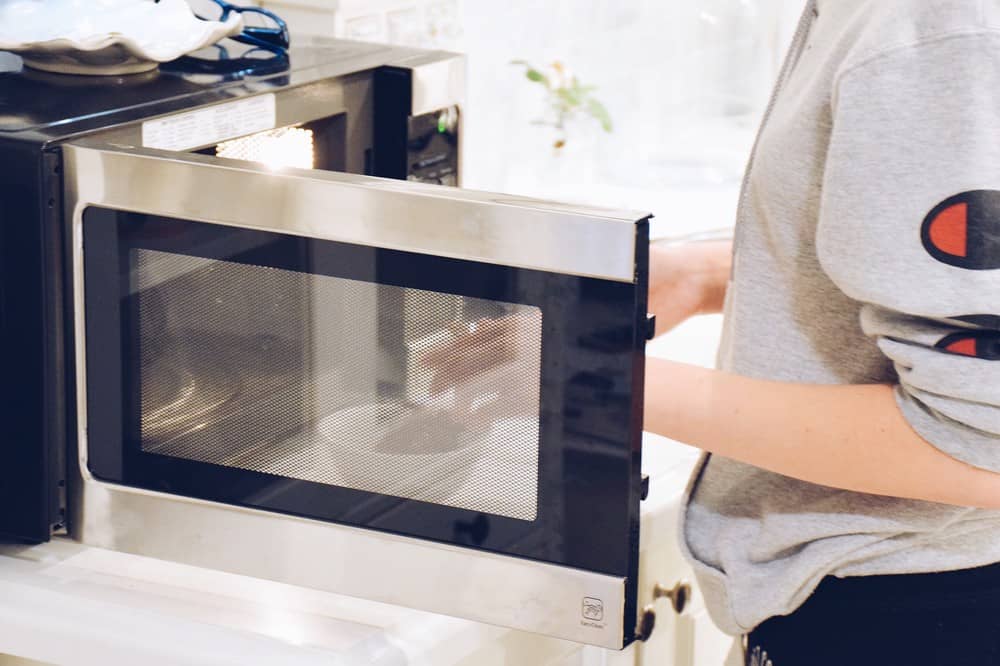

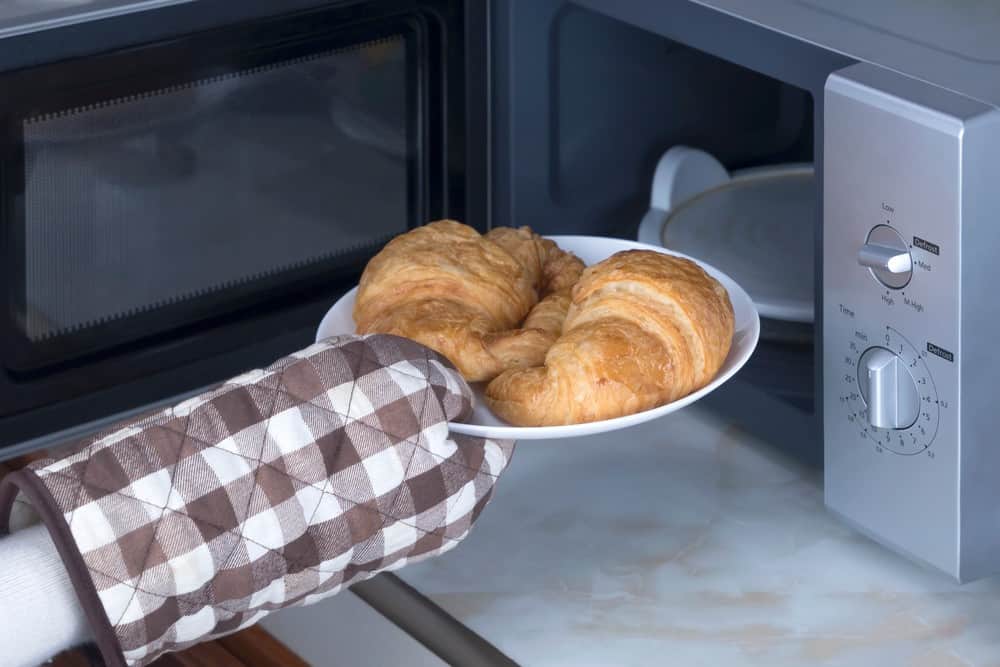
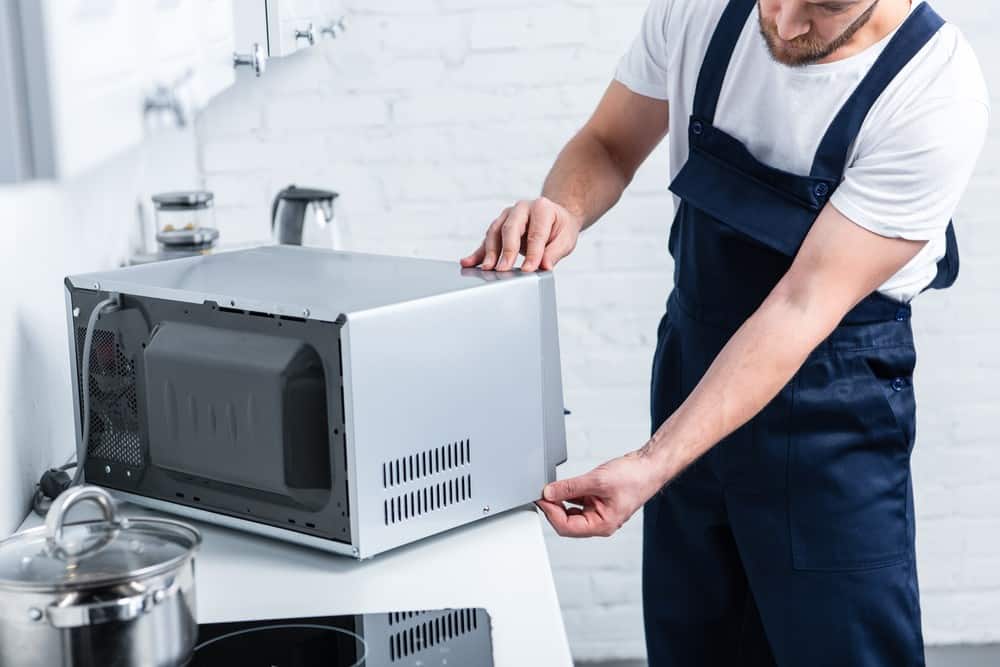
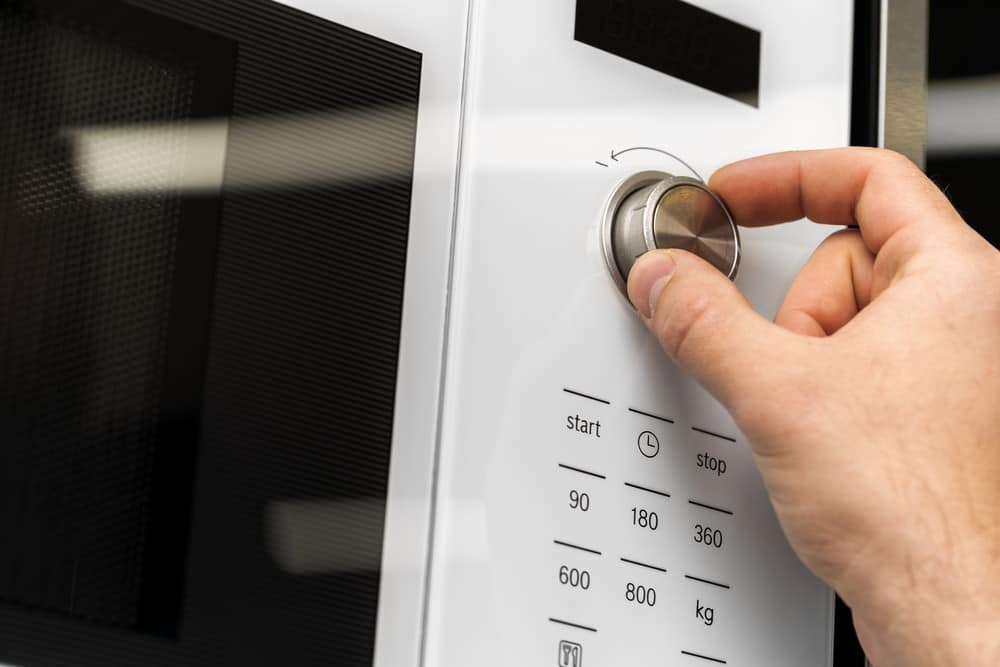
![Best Kitchen Appliances in [year] ([month] Reviews) 27 Best Kitchen Appliances in 2025 (December Reviews)](https://www.gadgetreview.dev/wp-content/uploads/best-kitchen-appliances.jpg)
![Best Whirlpool Microwaves in [year] 28 Best Whirlpool Microwaves in 2025](https://www.gadgetreview.dev/wp-content/uploads/best-whirlpool-microwaves-image.jpg)
![Best Microwave Drawers in [year] 29 Best Microwave Drawers in 2025](https://www.gadgetreview.dev/wp-content/uploads/best-microwave-drawer-image.jpg)
![Best Quiet Microwaves in [year] 30 Best Quiet Microwaves in 2025](https://www.gadgetreview.dev/wp-content/uploads/best-quiet-microwave-image.jpg)
![Best LG Microwaves in [year] 31 Best LG Microwaves in 2025](https://www.gadgetreview.dev/wp-content/uploads/best-lg-microwaves-image.jpg)
![Best Microwaves in [year] ([month] Reviews) 32 Best Microwaves in 2025 (December Reviews)](https://www.gadgetreview.dev/wp-content/uploads/best-microwaves-image.jpg)
![Best Over the Range Convection Microwaves in [year] 33 Best Over the Range Convection Microwaves in 2025](https://www.gadgetreview.dev/wp-content/uploads/best-over-the-range-convection-microwave-image.jpg)
![Best Retro Microwaves in [year] 34 Best Retro Microwaves in 2025](https://www.gadgetreview.dev/wp-content/uploads/best-retro-microwave-image.jpg)
![Best GE Microwaves in [year] 35 Best GE Microwaves in 2025](https://www.gadgetreview.dev/wp-content/uploads/best-ge-microwaves-image..jpg)
![10 Best Samsung Microwaves in [year] 36 10 Best Samsung Microwaves in 2025](https://www.gadgetreview.dev/wp-content/uploads/best-samsung-microwaves-image.jpg)
![10 Best Microwaves for Seniors in [year] 37 10 Best Microwaves for Seniors in 2025](https://www.gadgetreview.dev/wp-content/uploads/best-microwaves-seniors-image.jpg)
![10 Best Microwave Toaster Oven Combo in [year] 38 10 Best Microwave Toaster Oven Combo in 2025](https://www.gadgetreview.dev/wp-content/uploads/best-microwave-toaster-oven-combo-scaled-1.jpg)
![10 Best Panasonic Microwaves in [year] 39 10 Best Panasonic Microwaves in 2025](https://www.gadgetreview.dev/wp-content/uploads/best-panasonic-microwaves.jpg)
![10 Best Microwaves for College Dorms in [year] 40 10 Best Microwaves for College Dorms in 2025](https://www.gadgetreview.dev/wp-content/uploads/best-microwaves-for-college-dorms.jpg)
![10 Best Compact Microwaves in [year] 41 10 Best Compact Microwaves in 2025](https://www.gadgetreview.dev/wp-content/uploads/best-compact-microwave-image.jpg)
![10 Best Convection Microwave Ovens in [year] 42 10 Best Convection Microwave Ovens in 2025](https://www.gadgetreview.dev/wp-content/uploads/best-convection-microwave-oven-image.jpg)
![10 Best Built In Microwaves in [year] 43 10 Best Built In Microwaves in 2025](https://www.gadgetreview.dev/wp-content/uploads/best-built-in-microwave-image.jpg)
